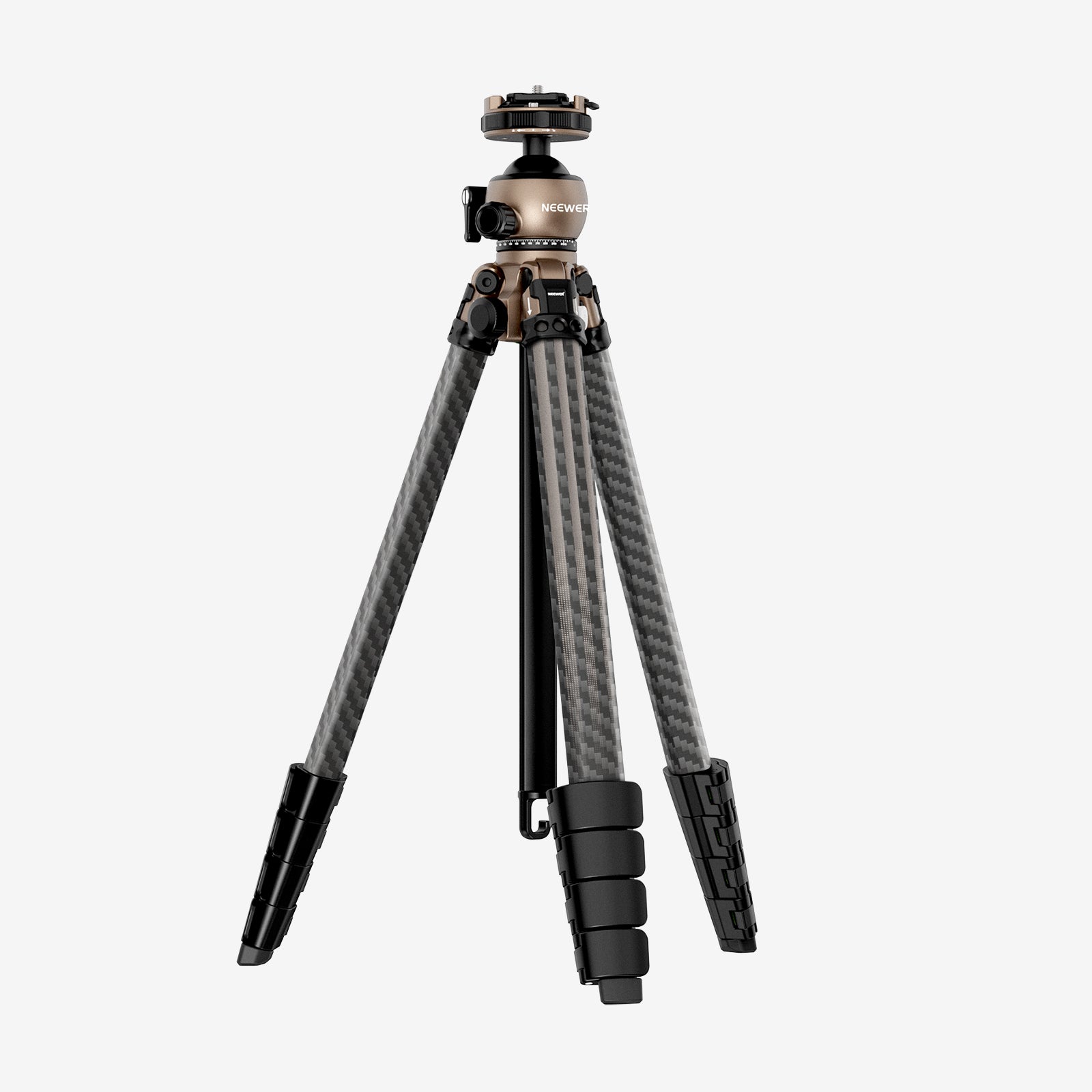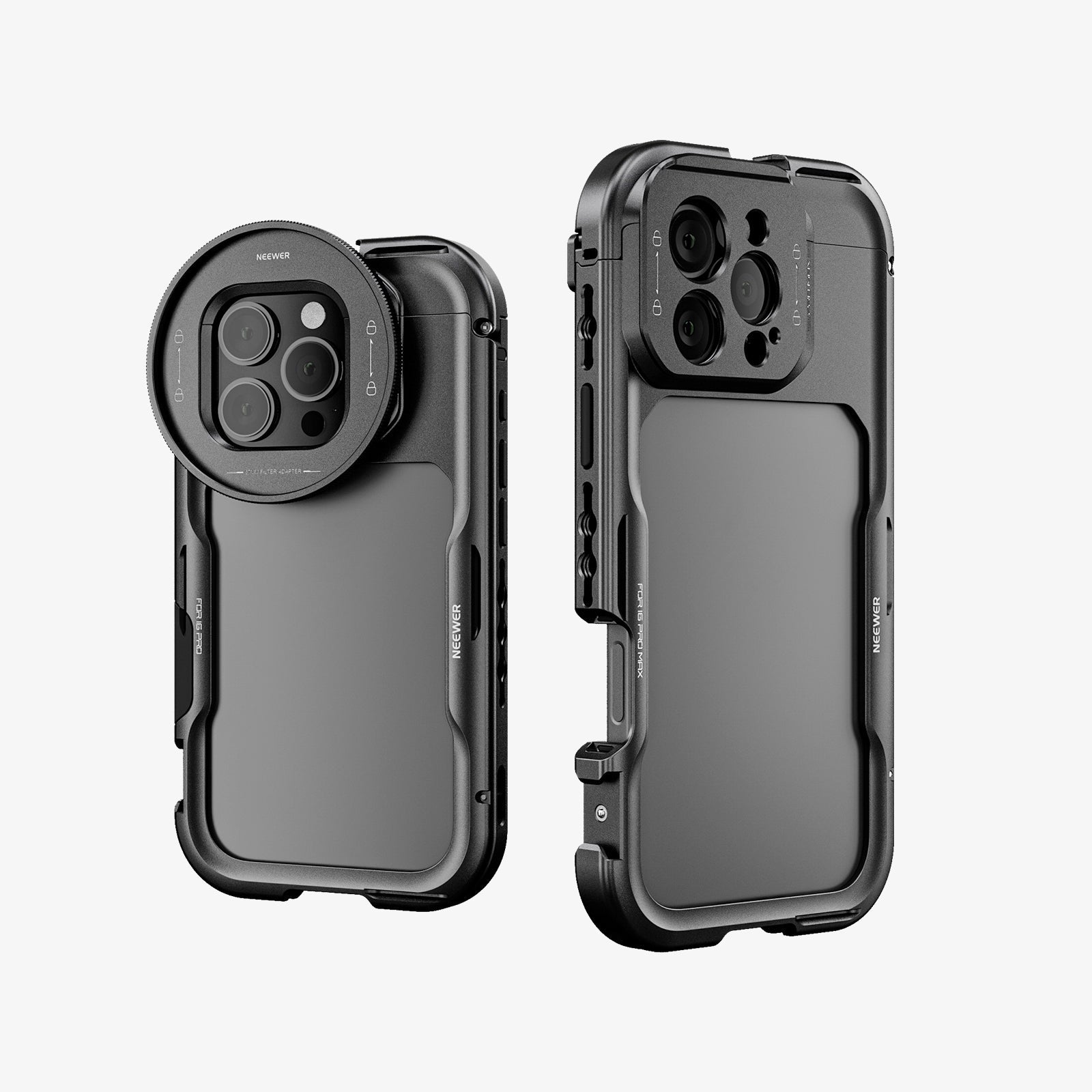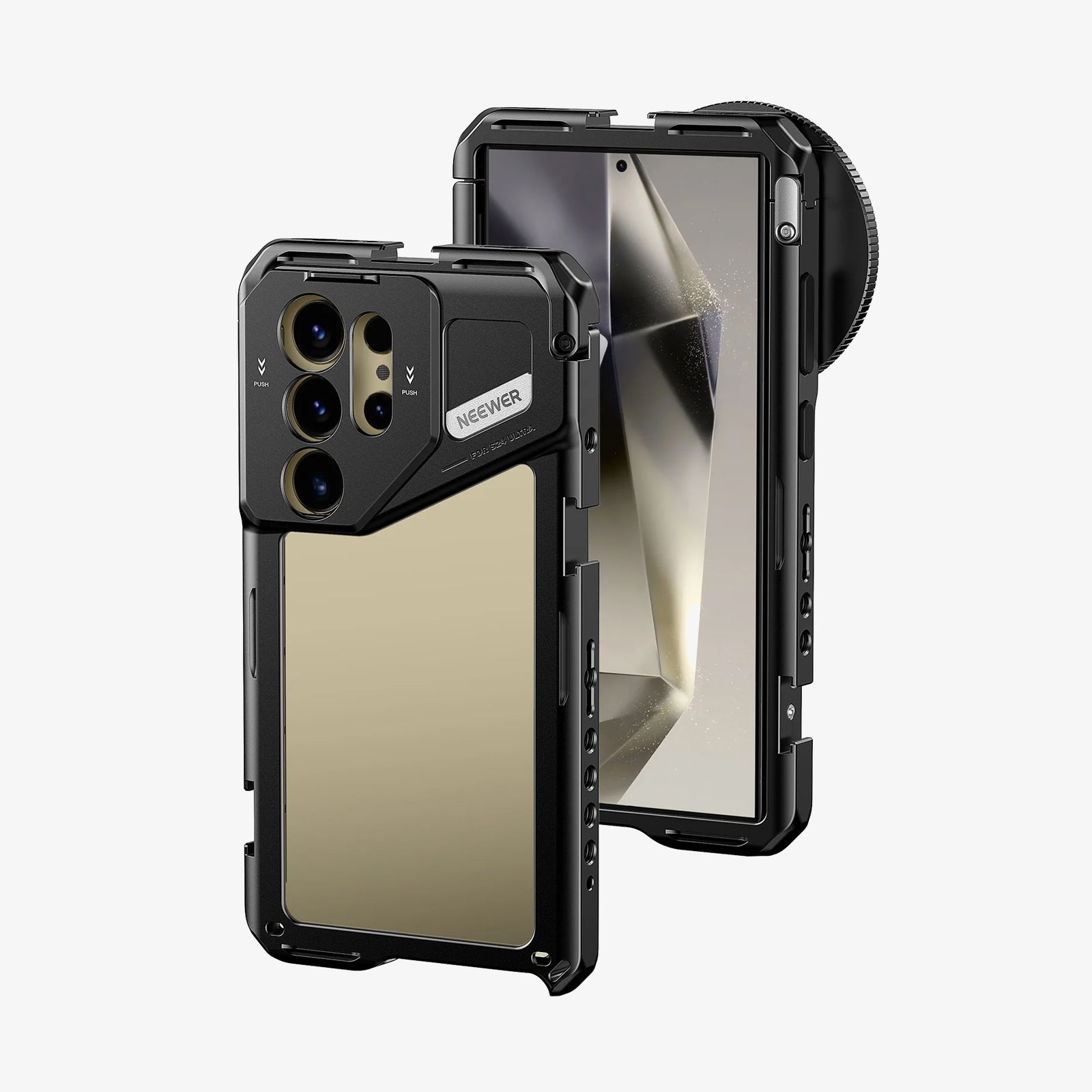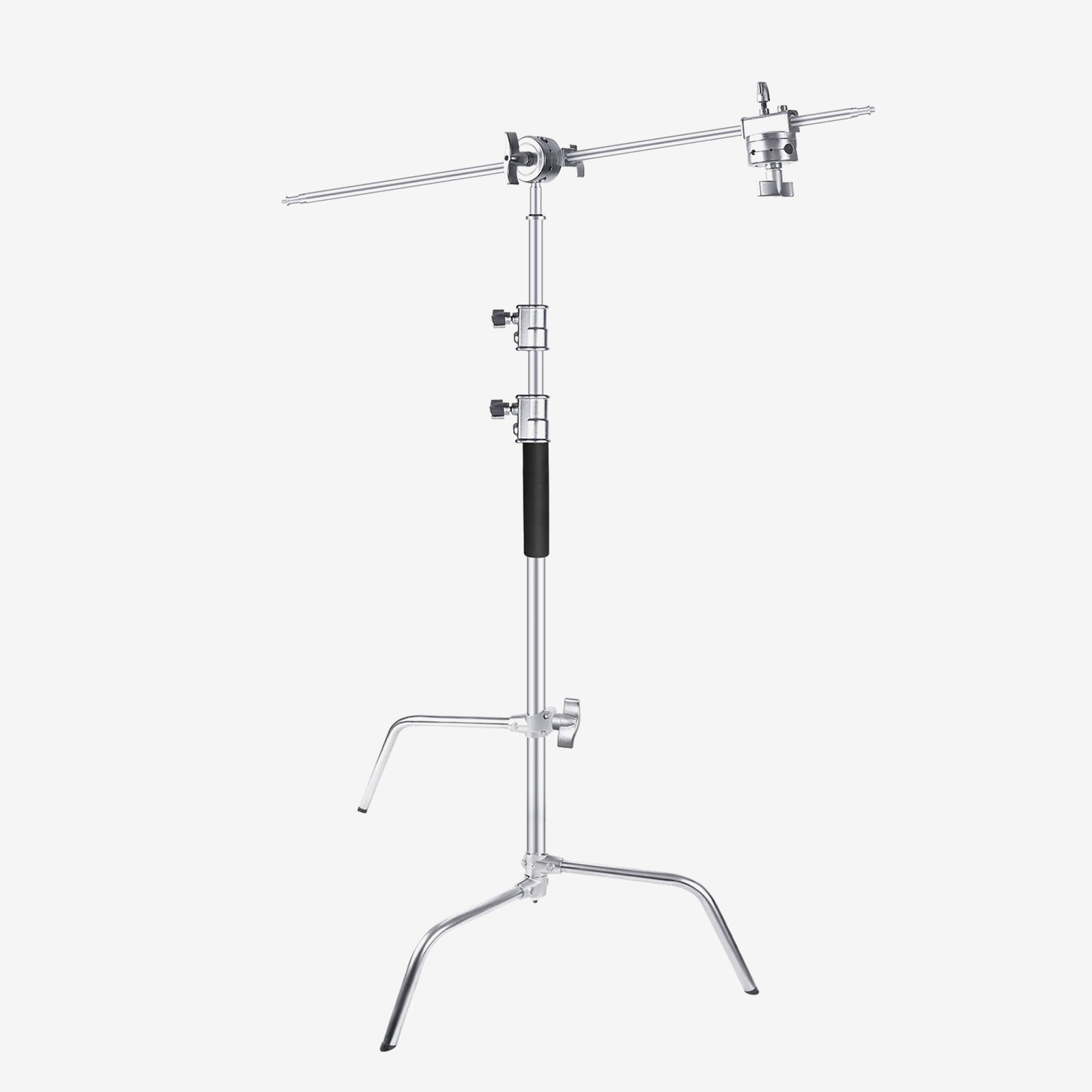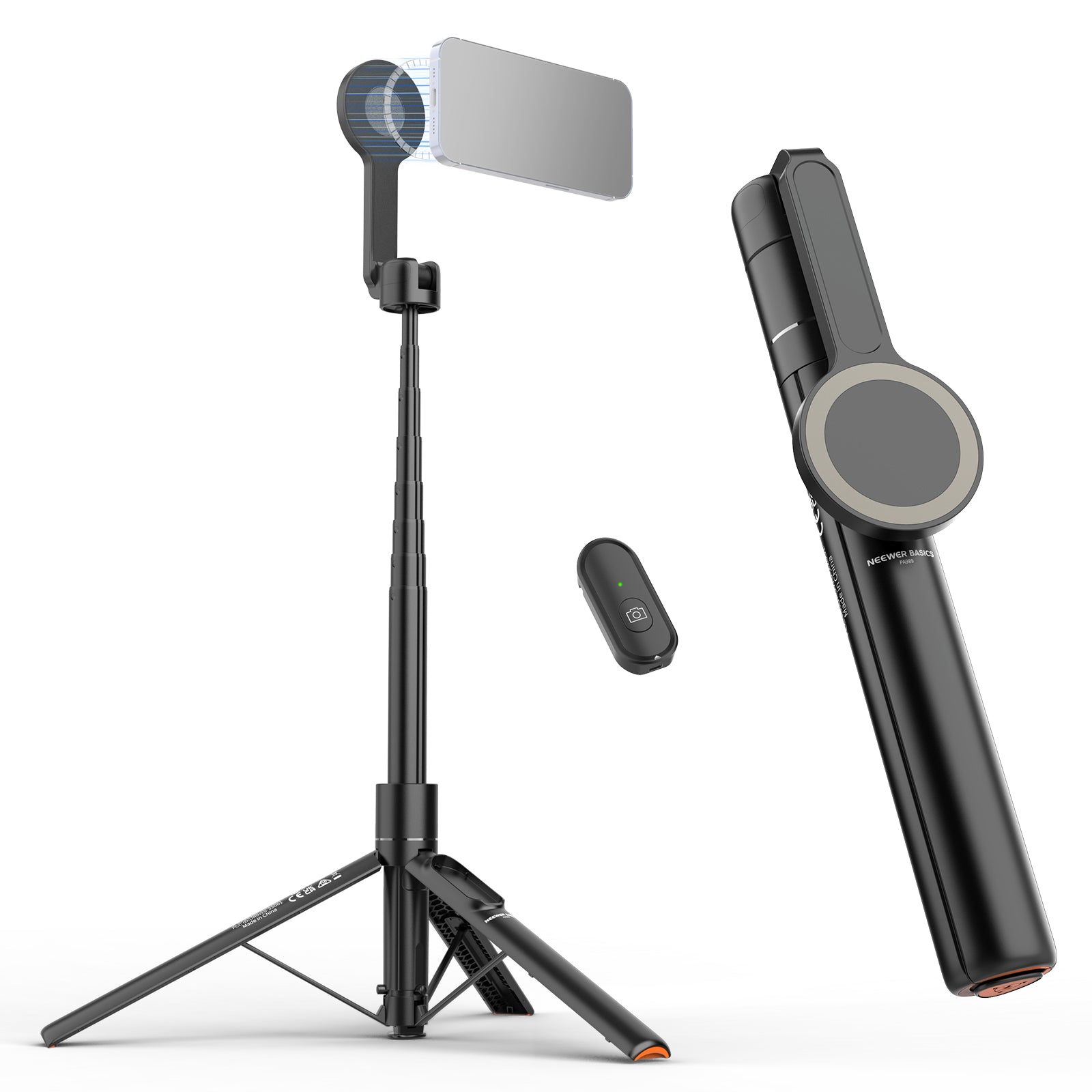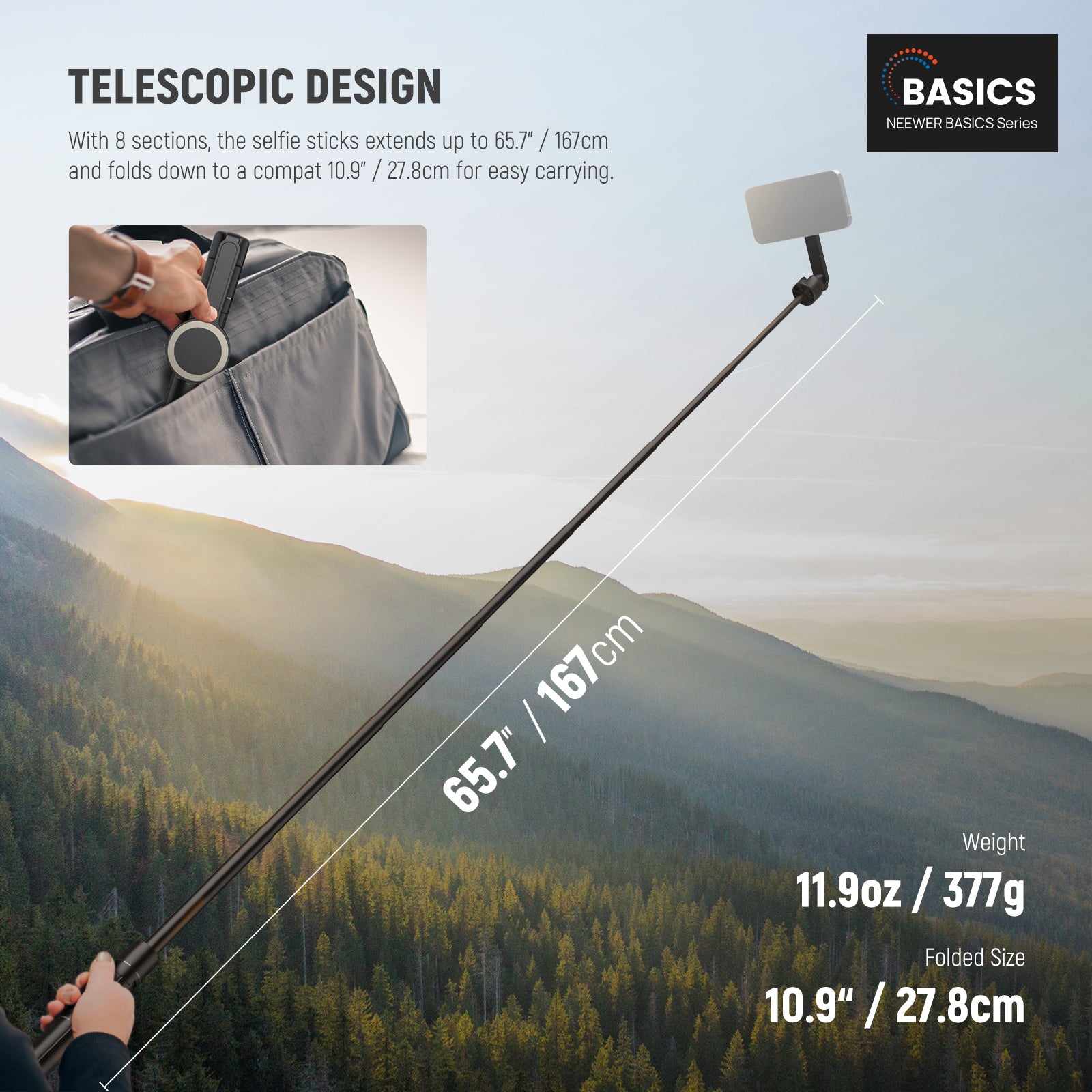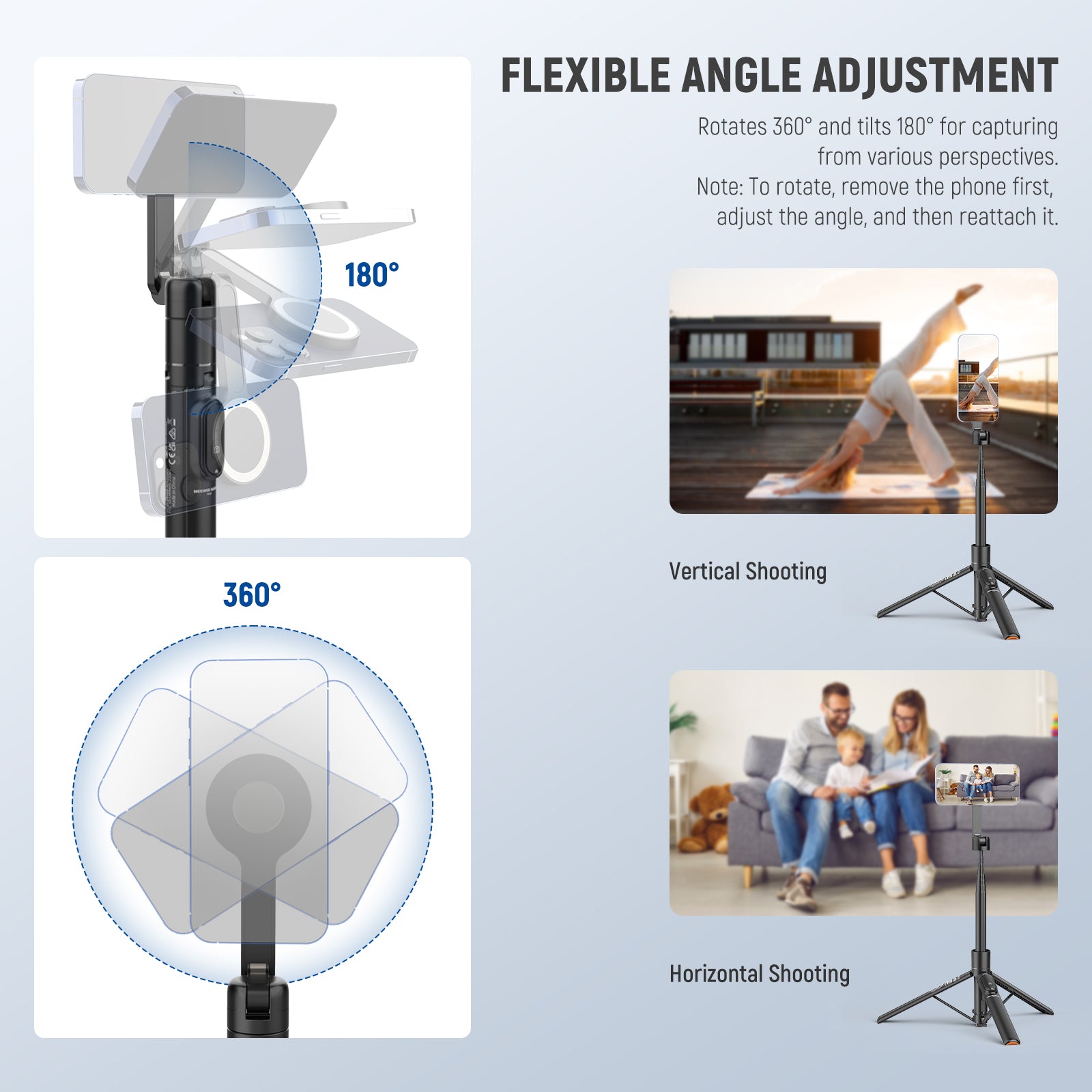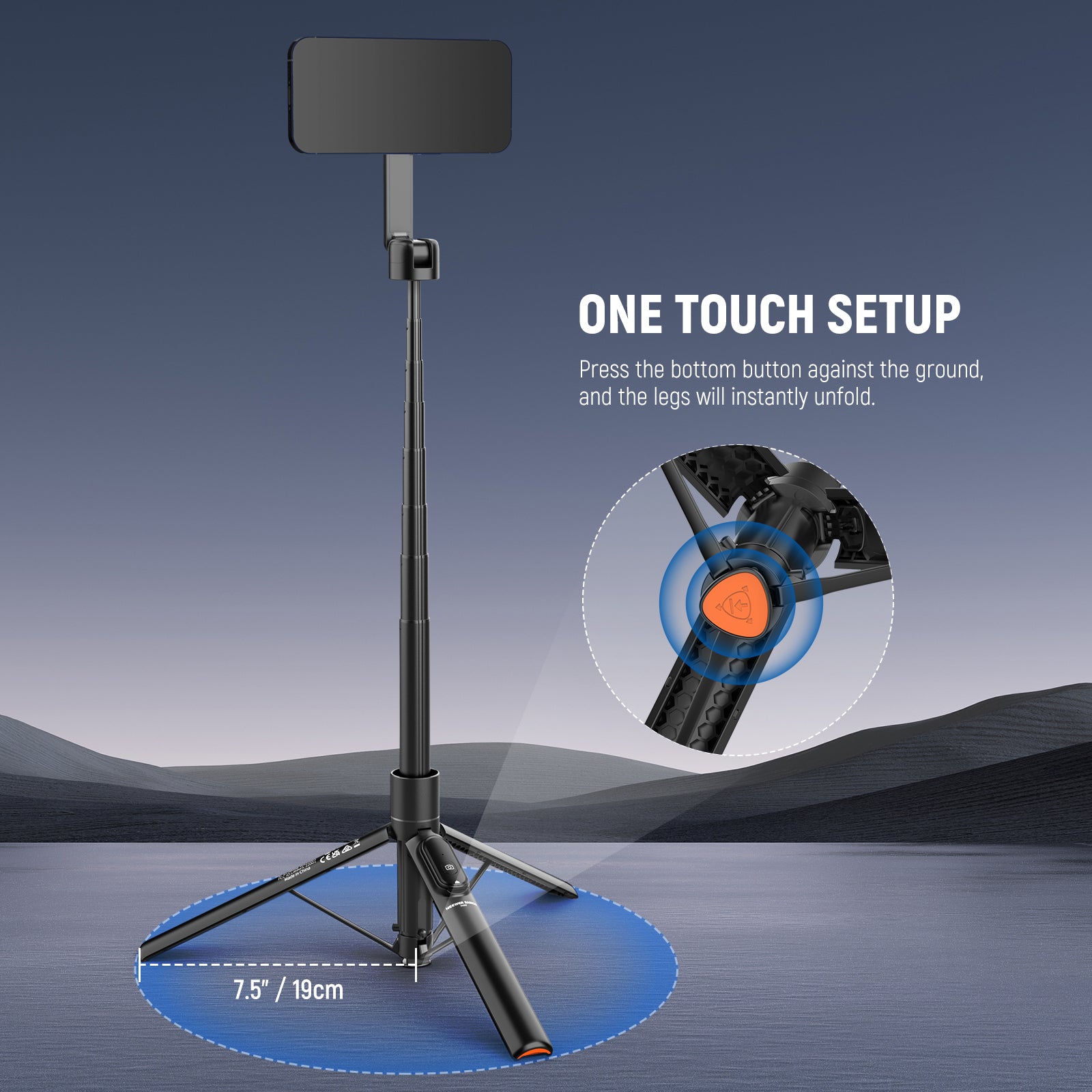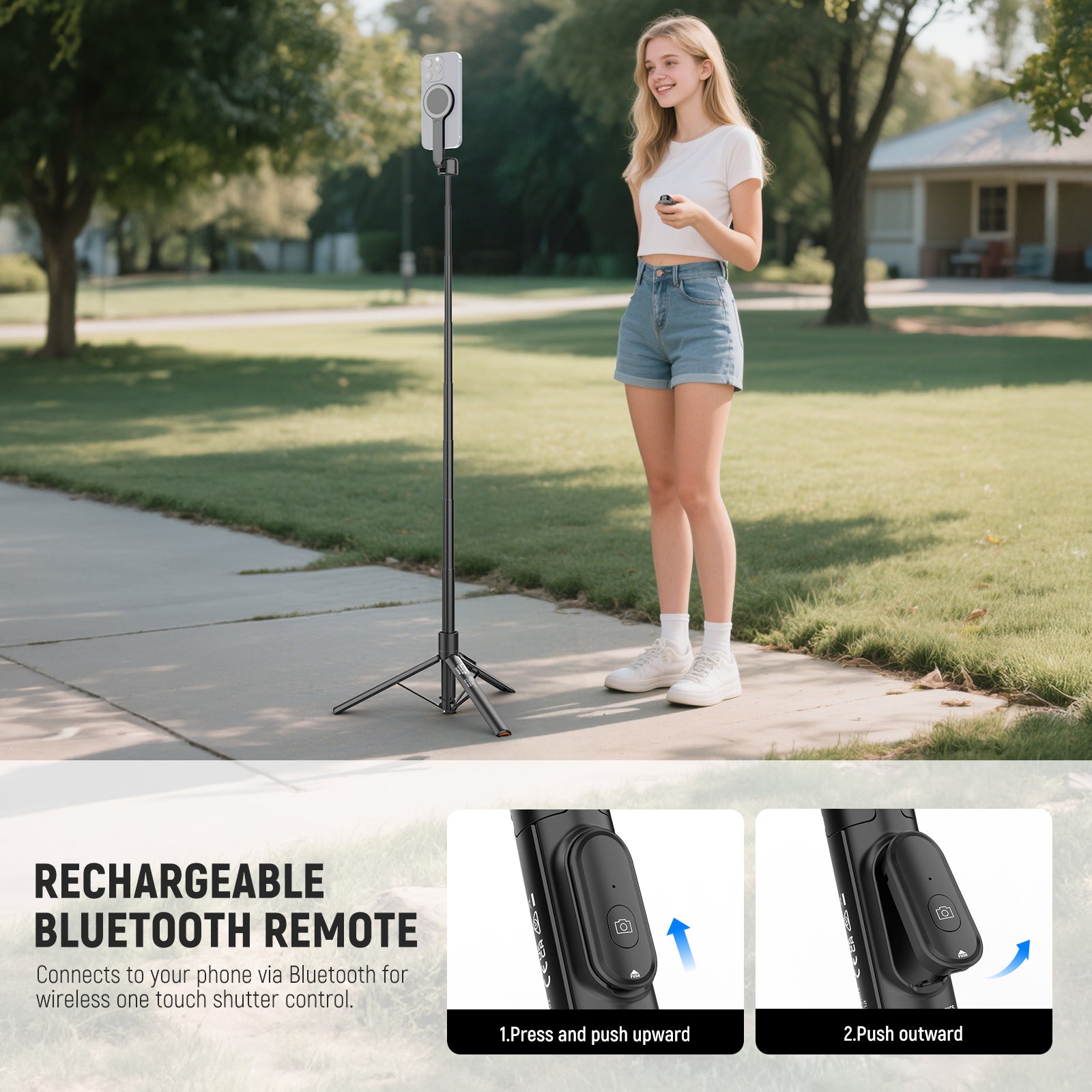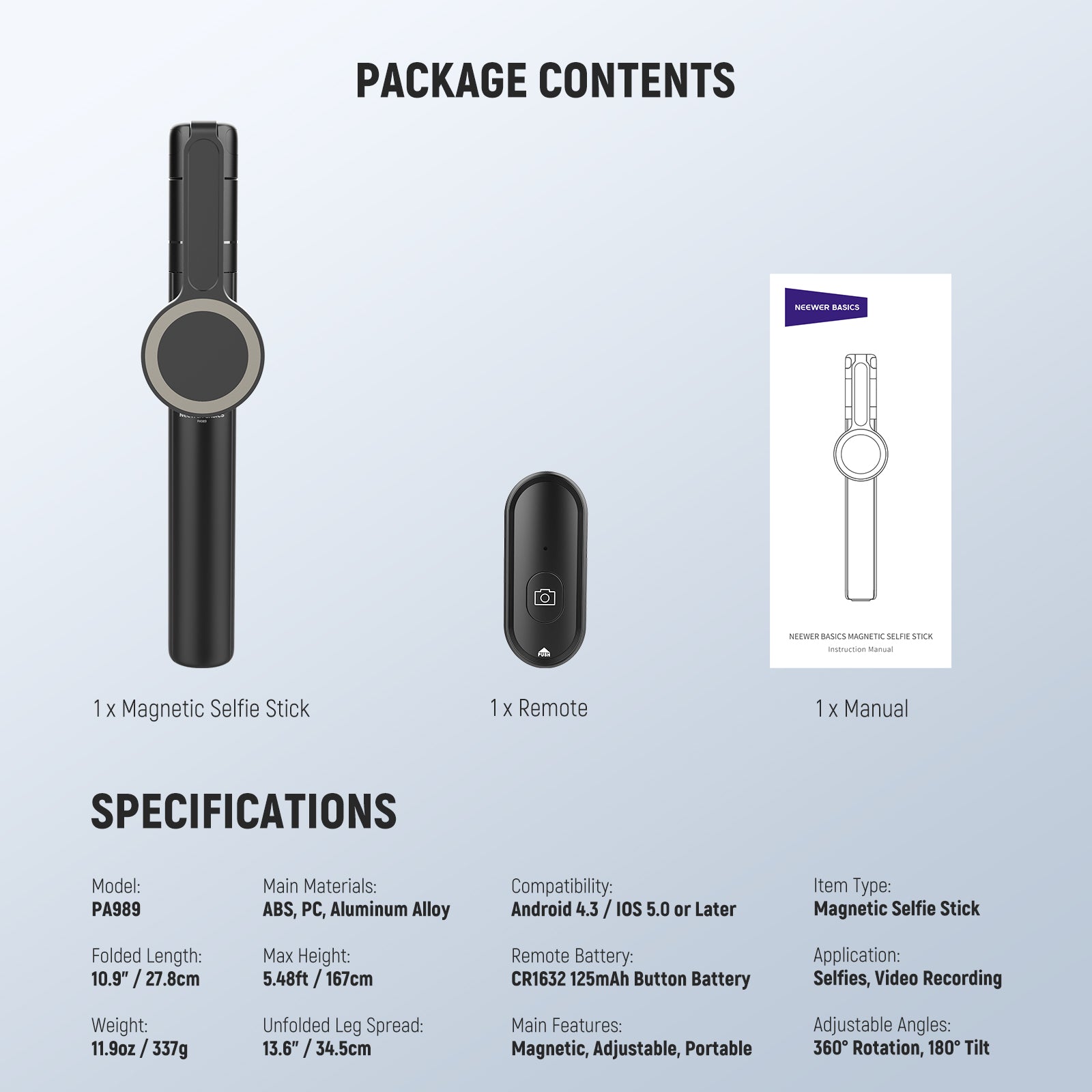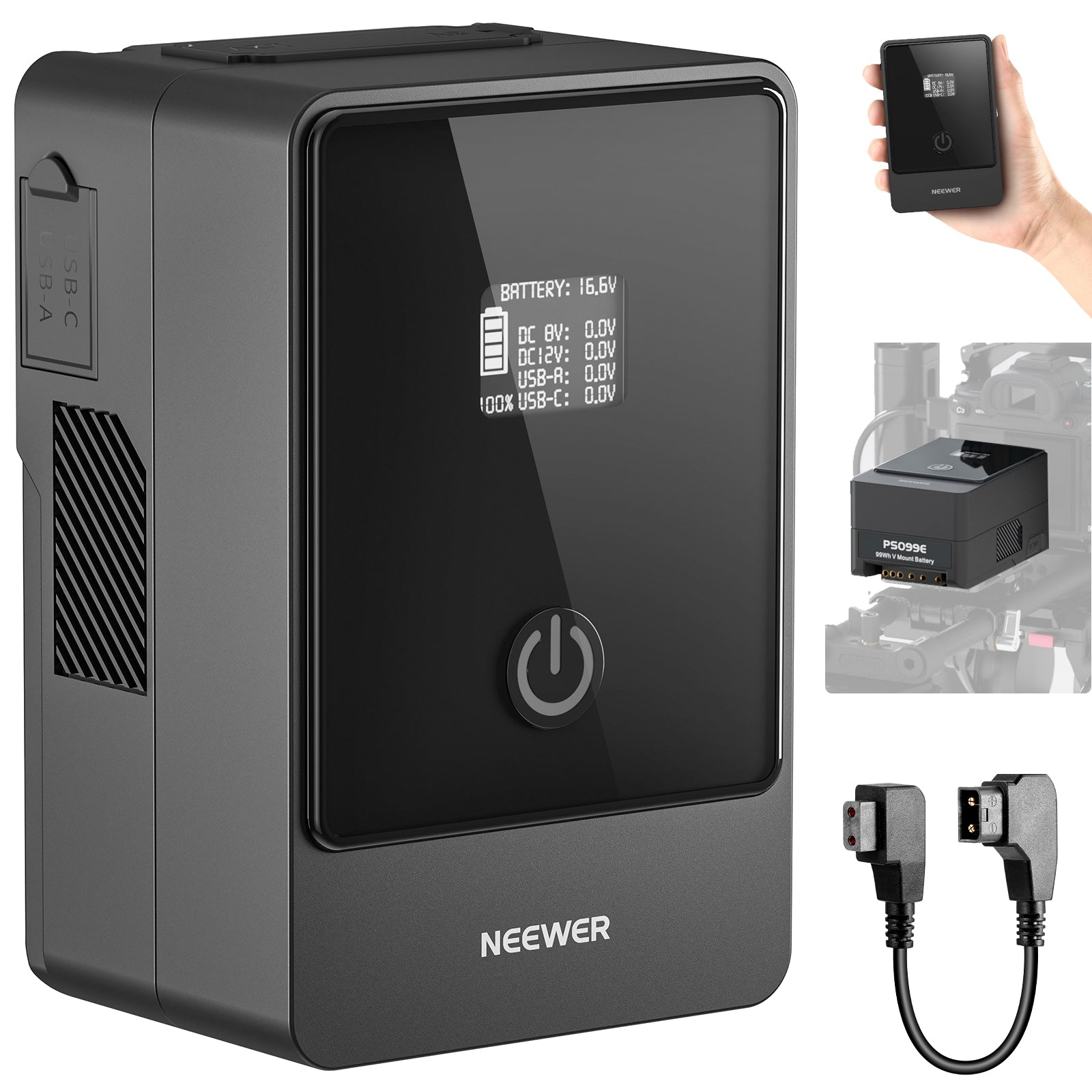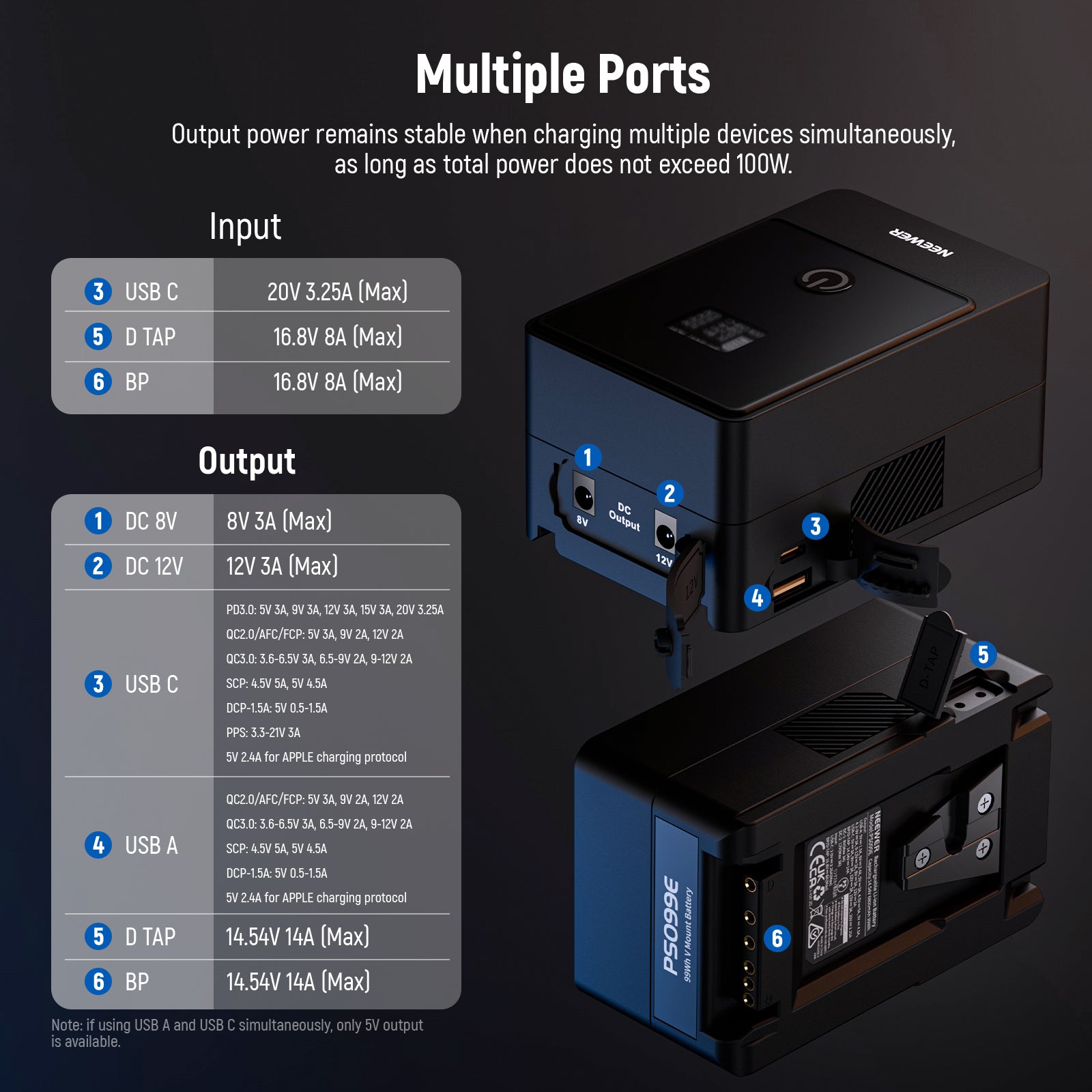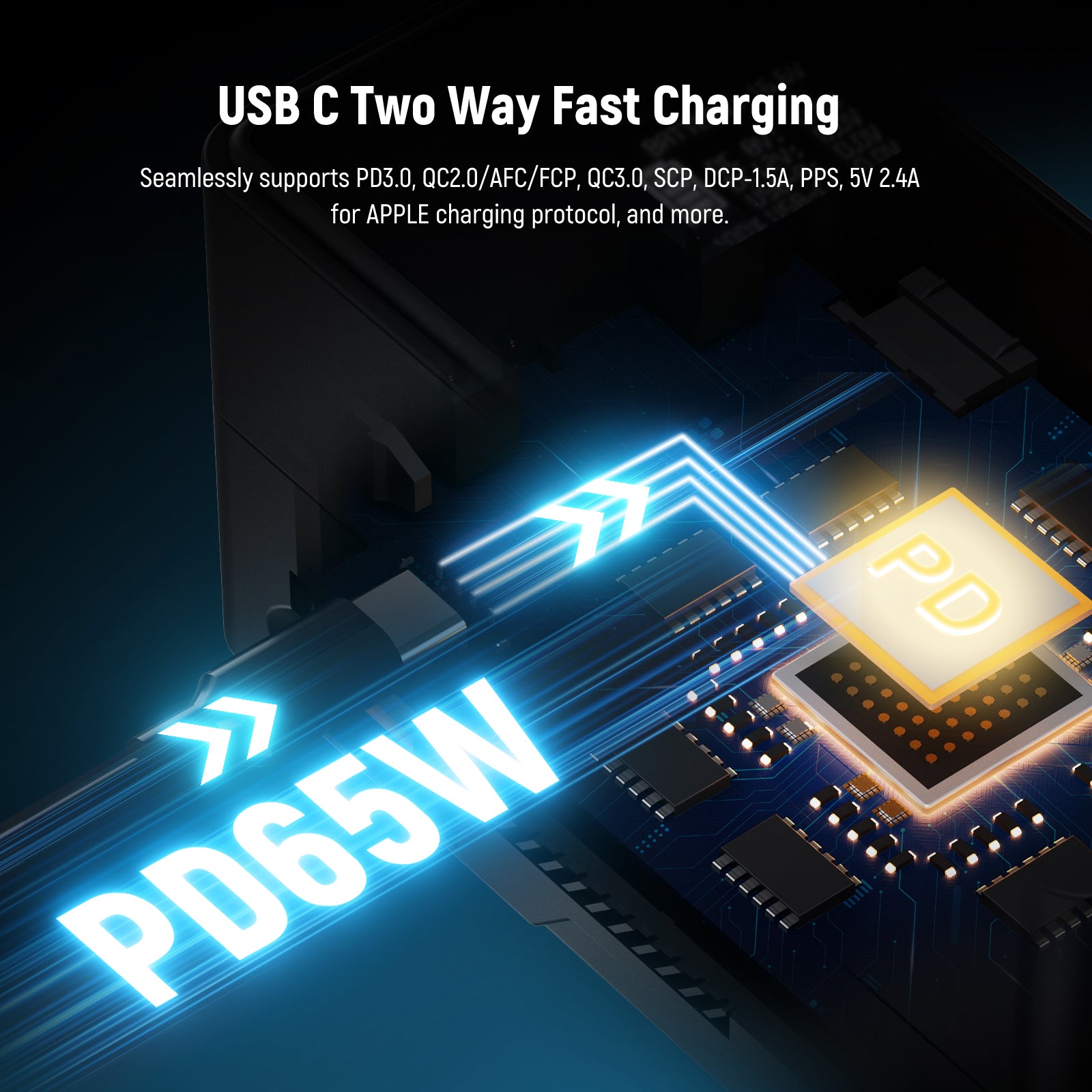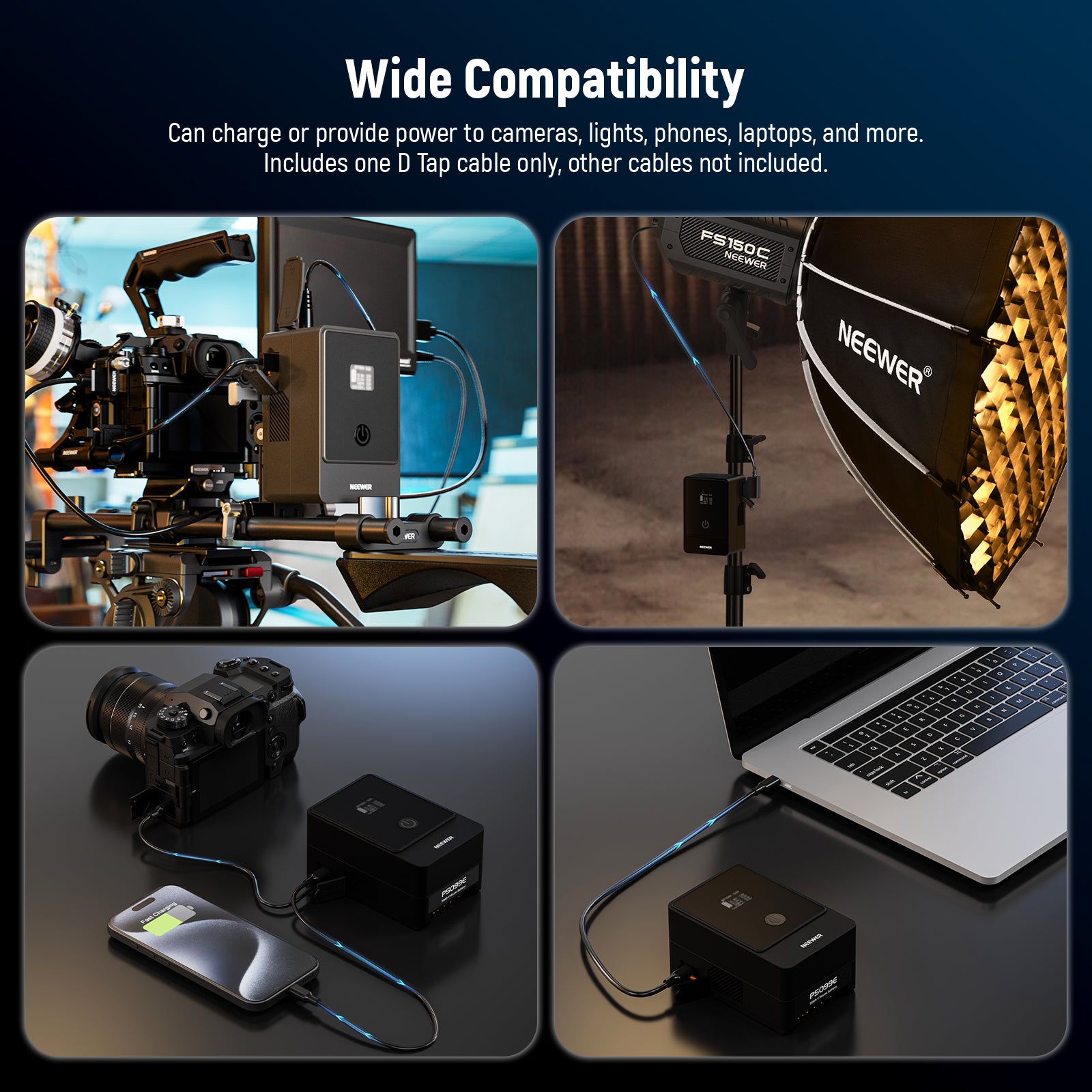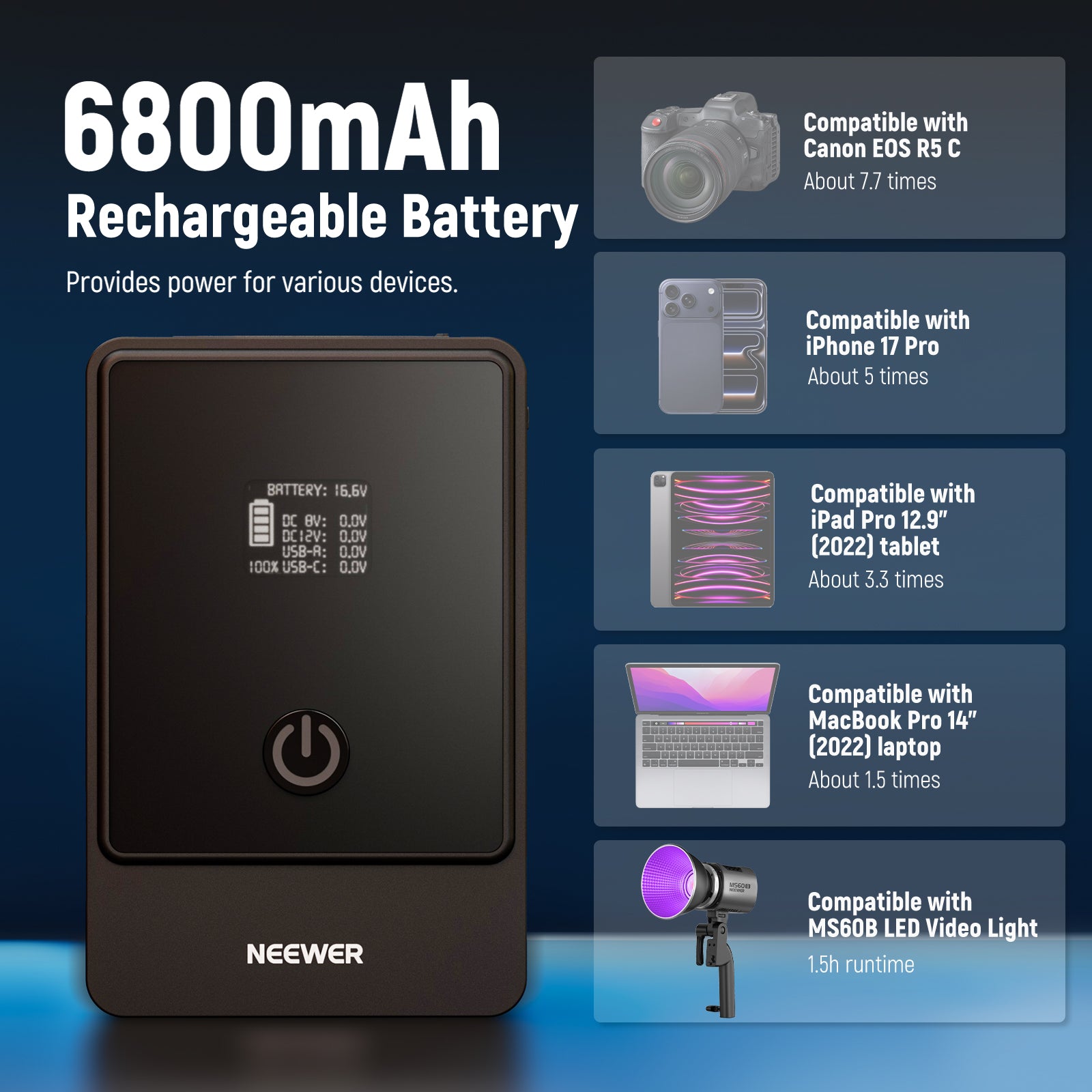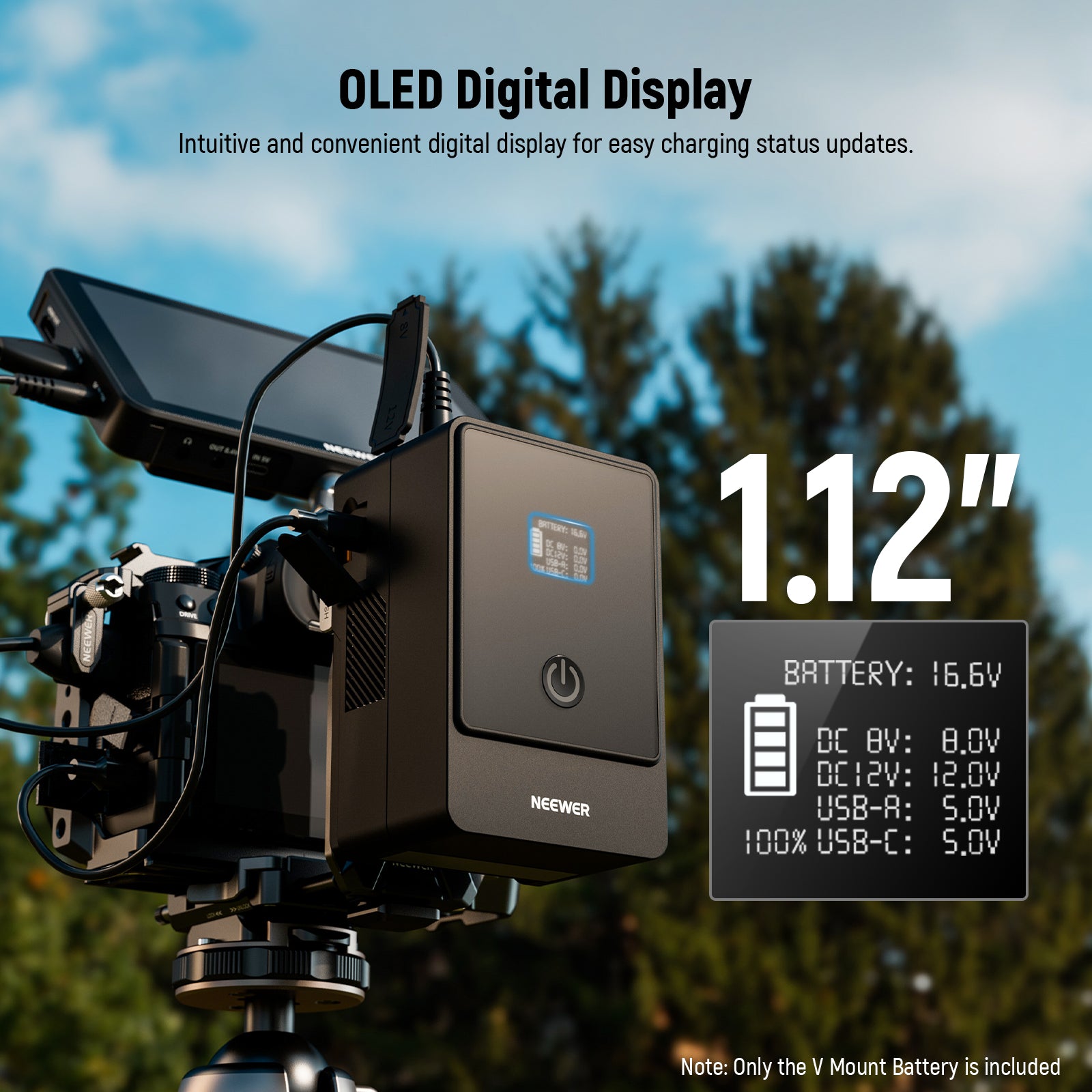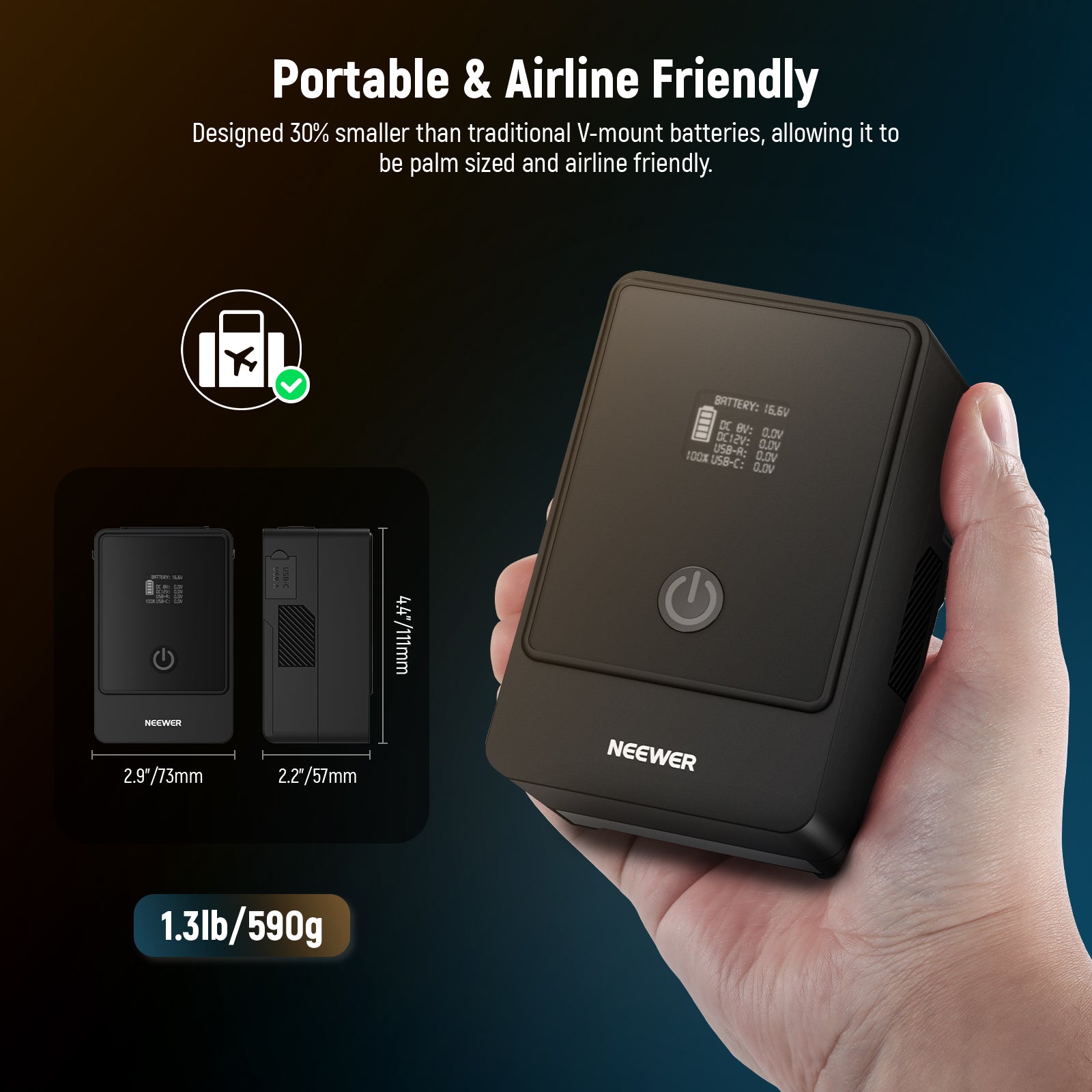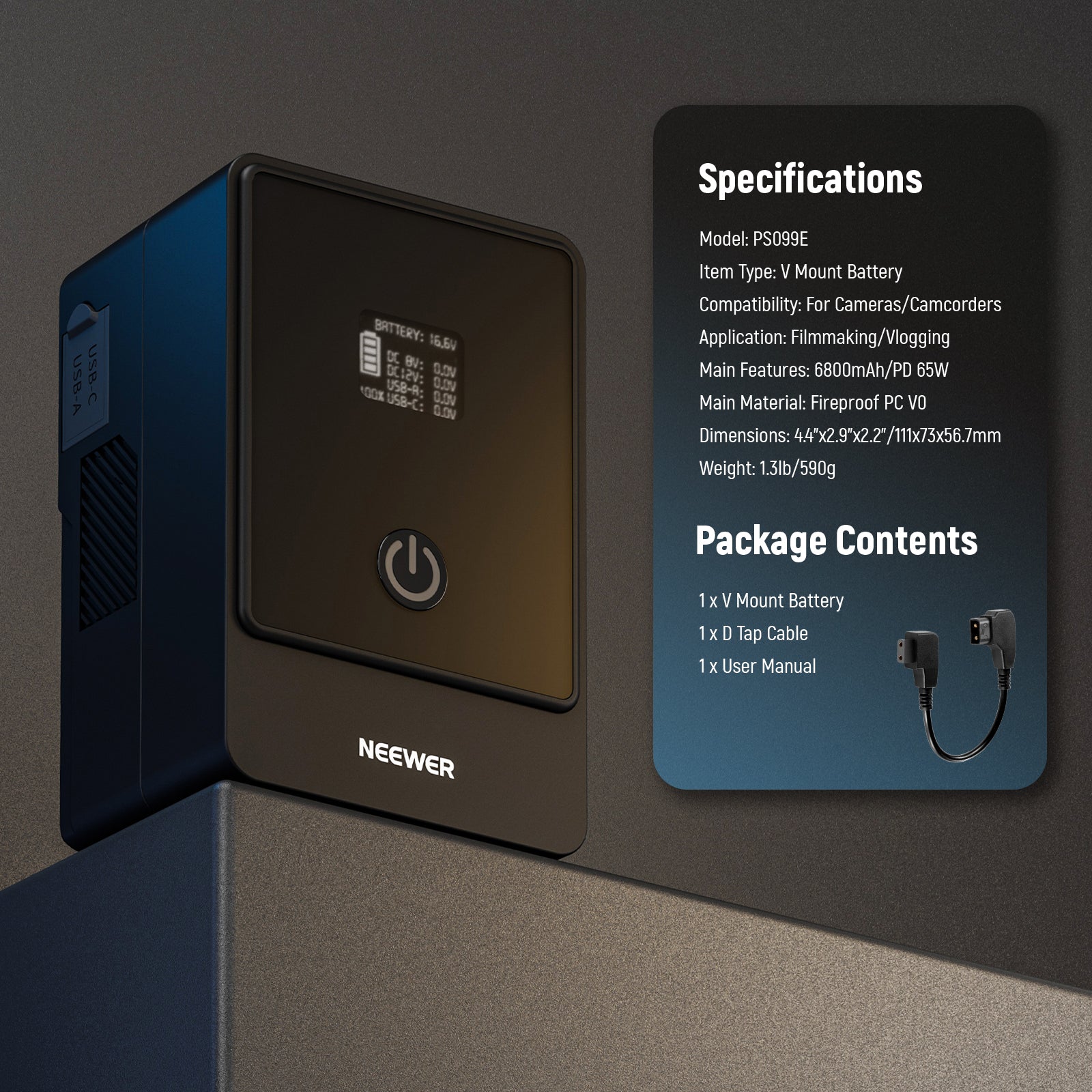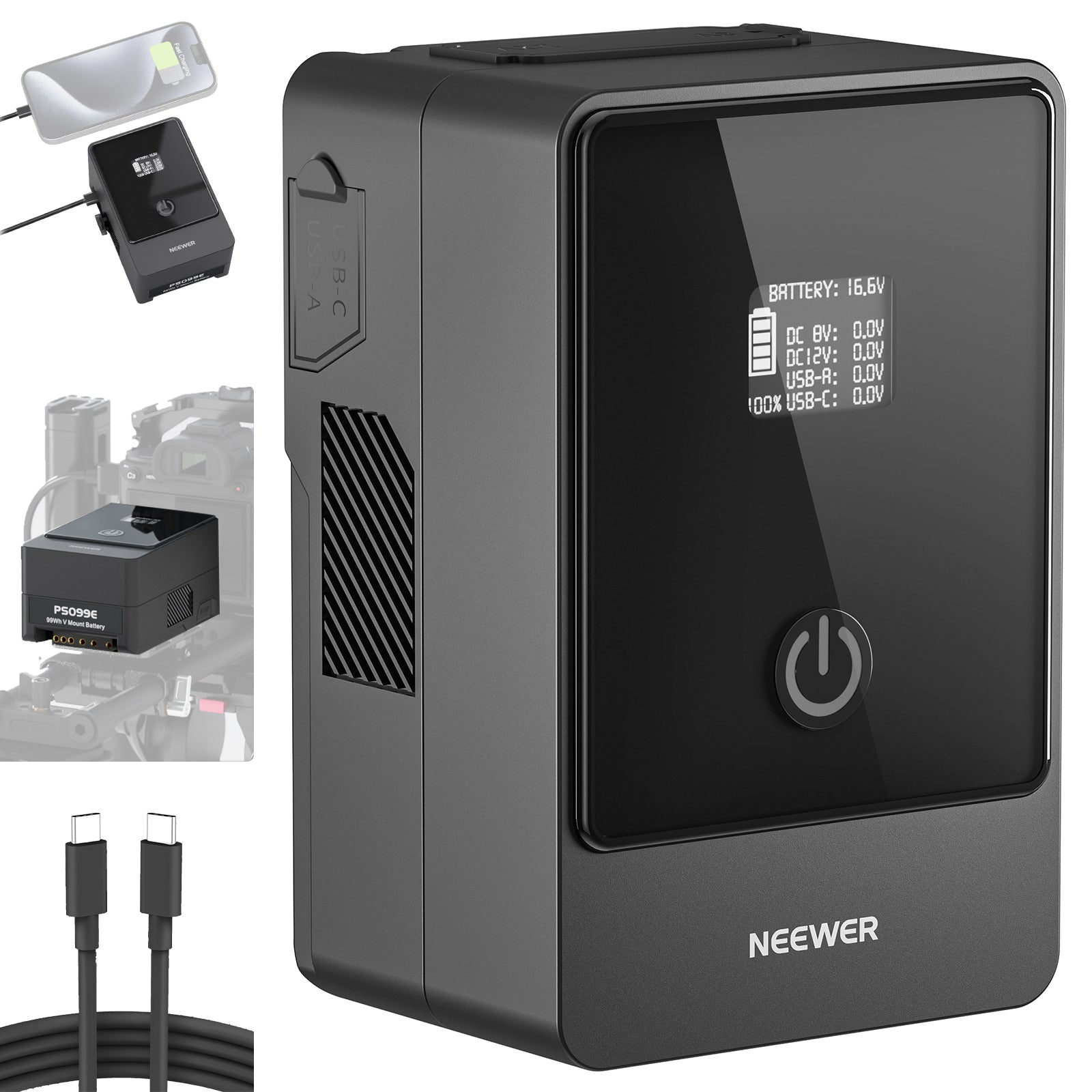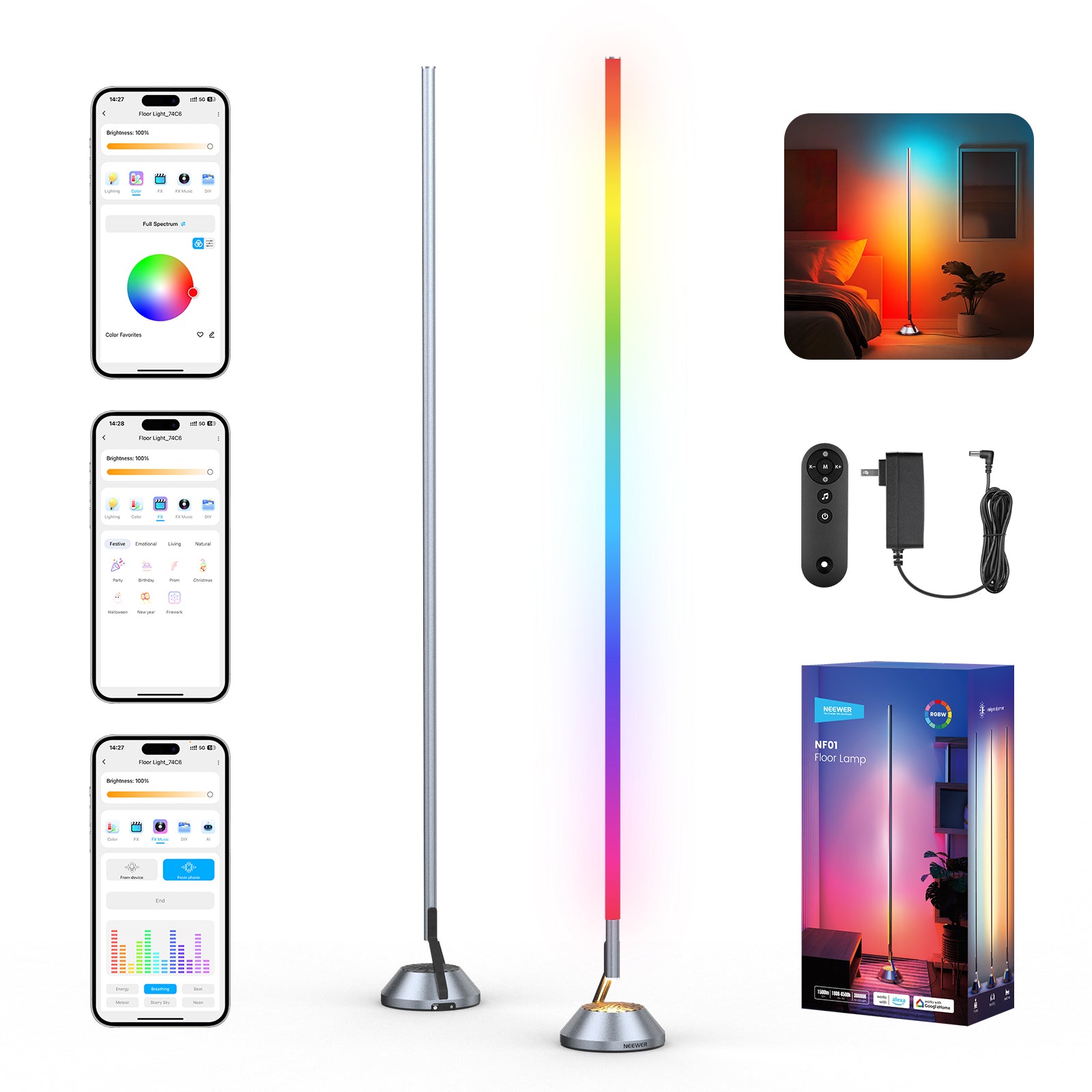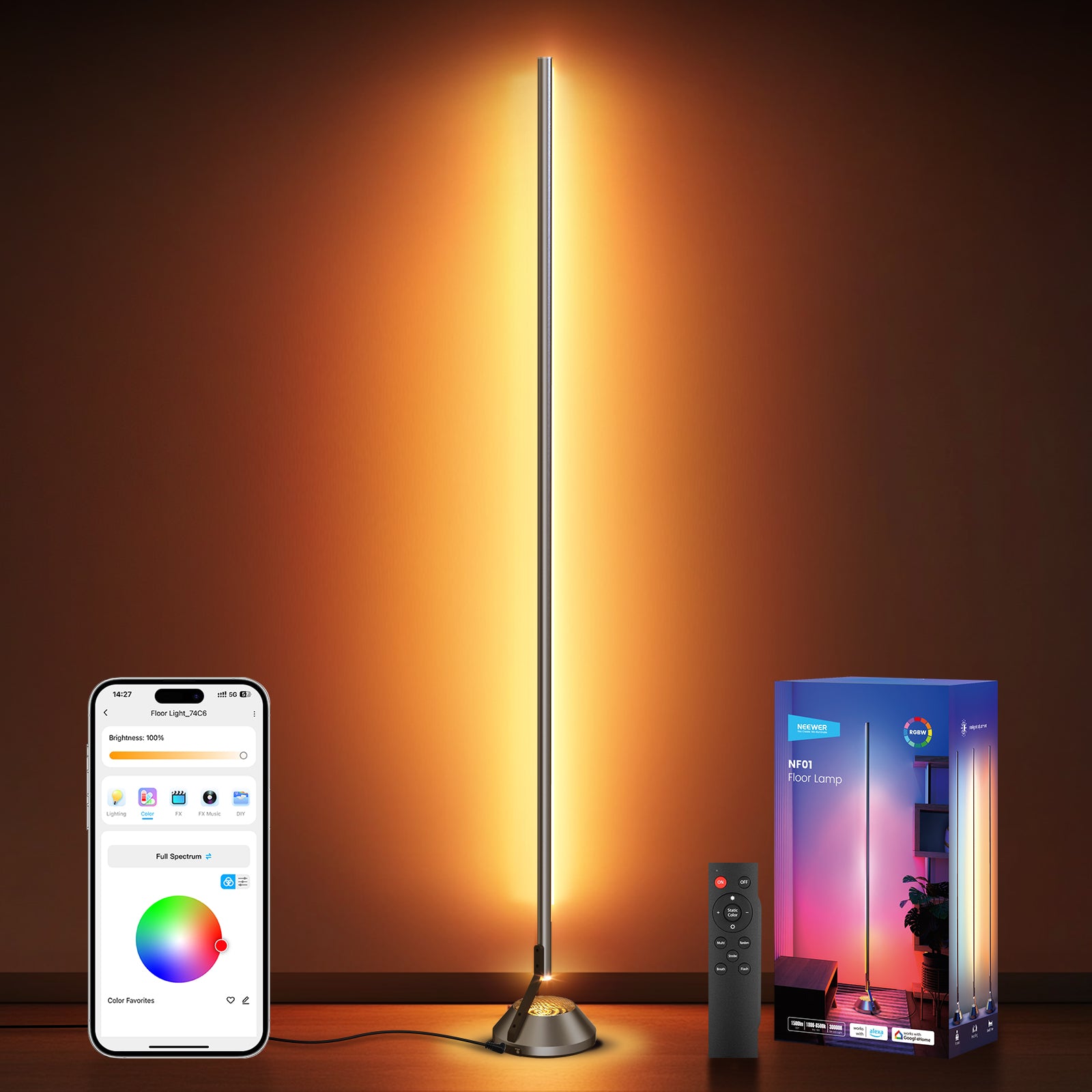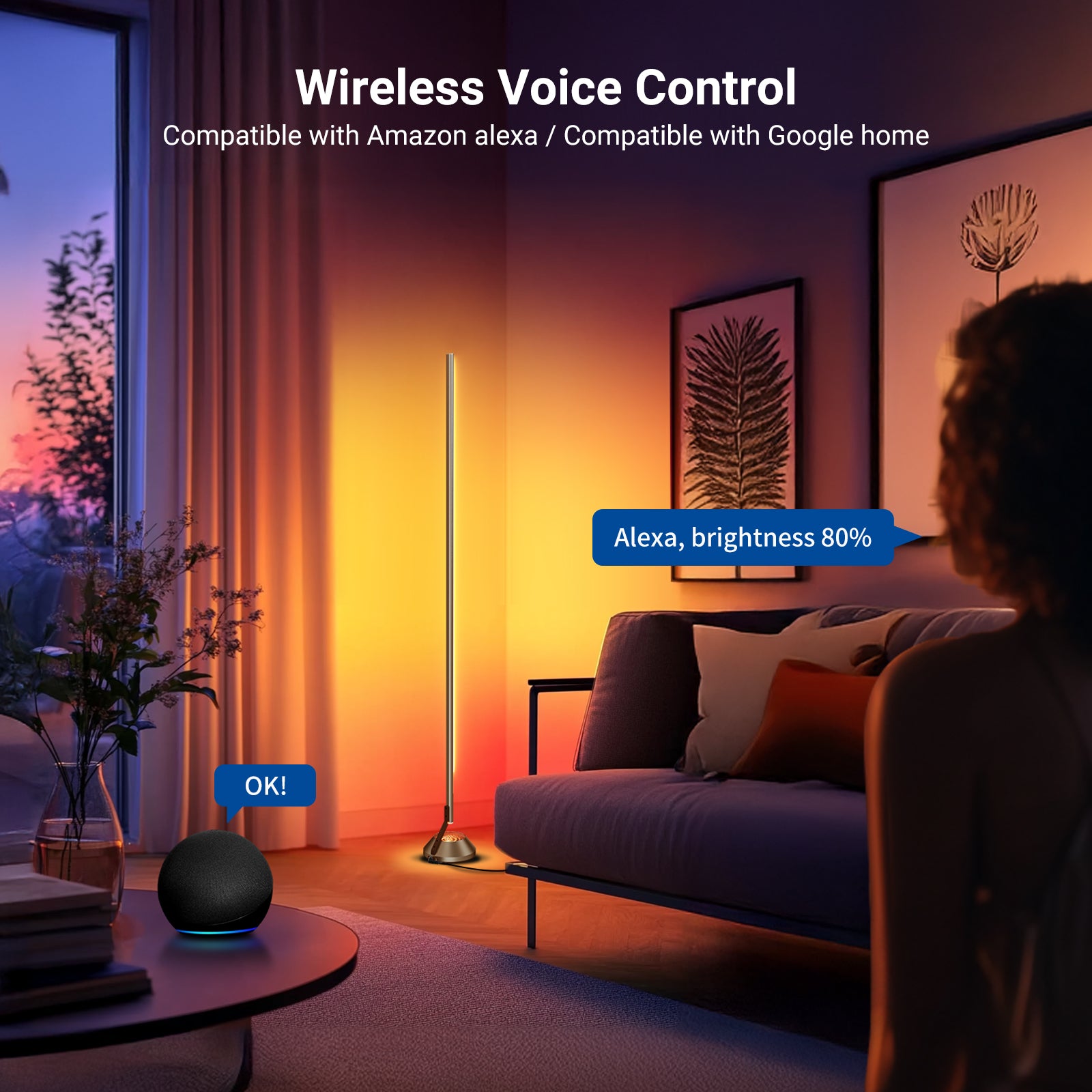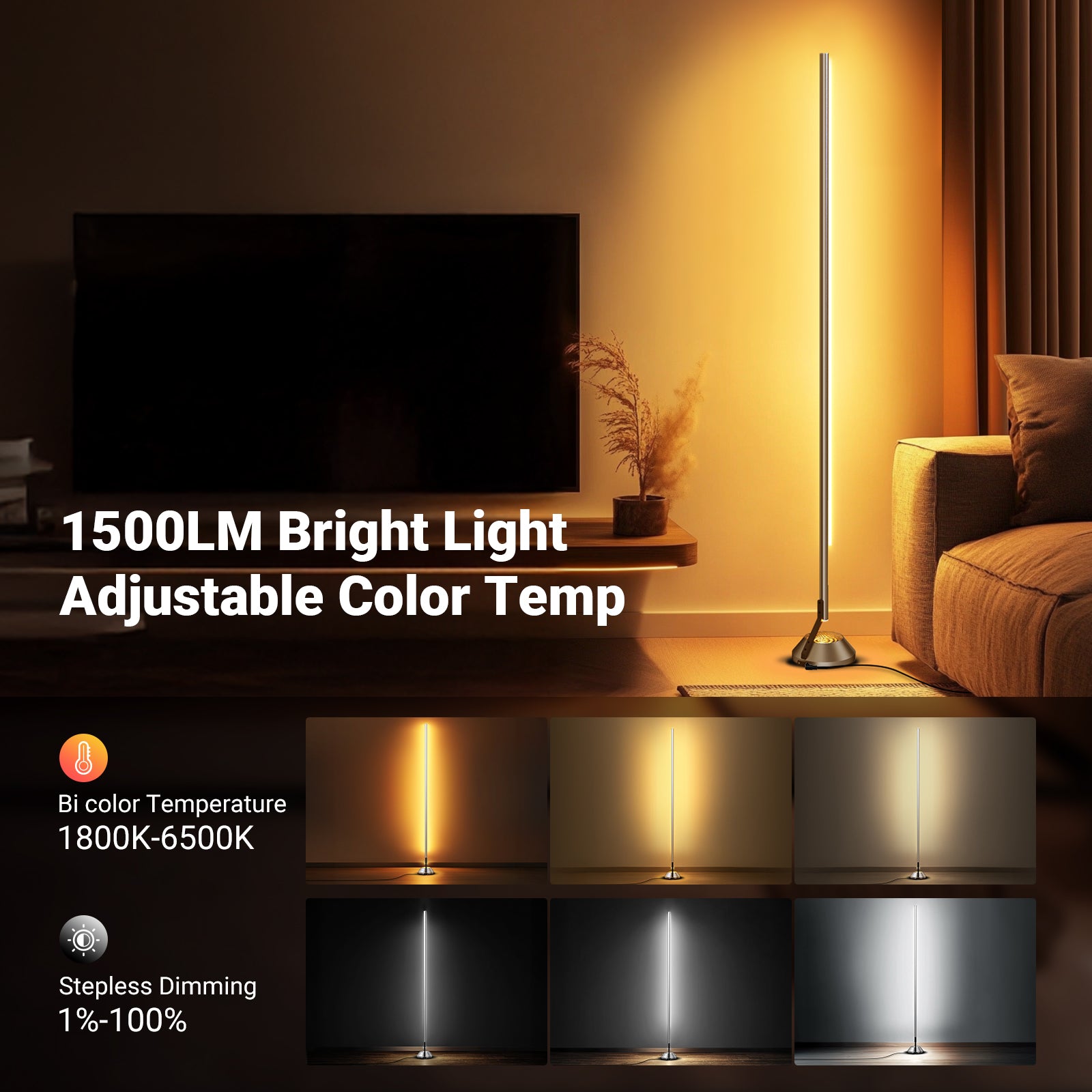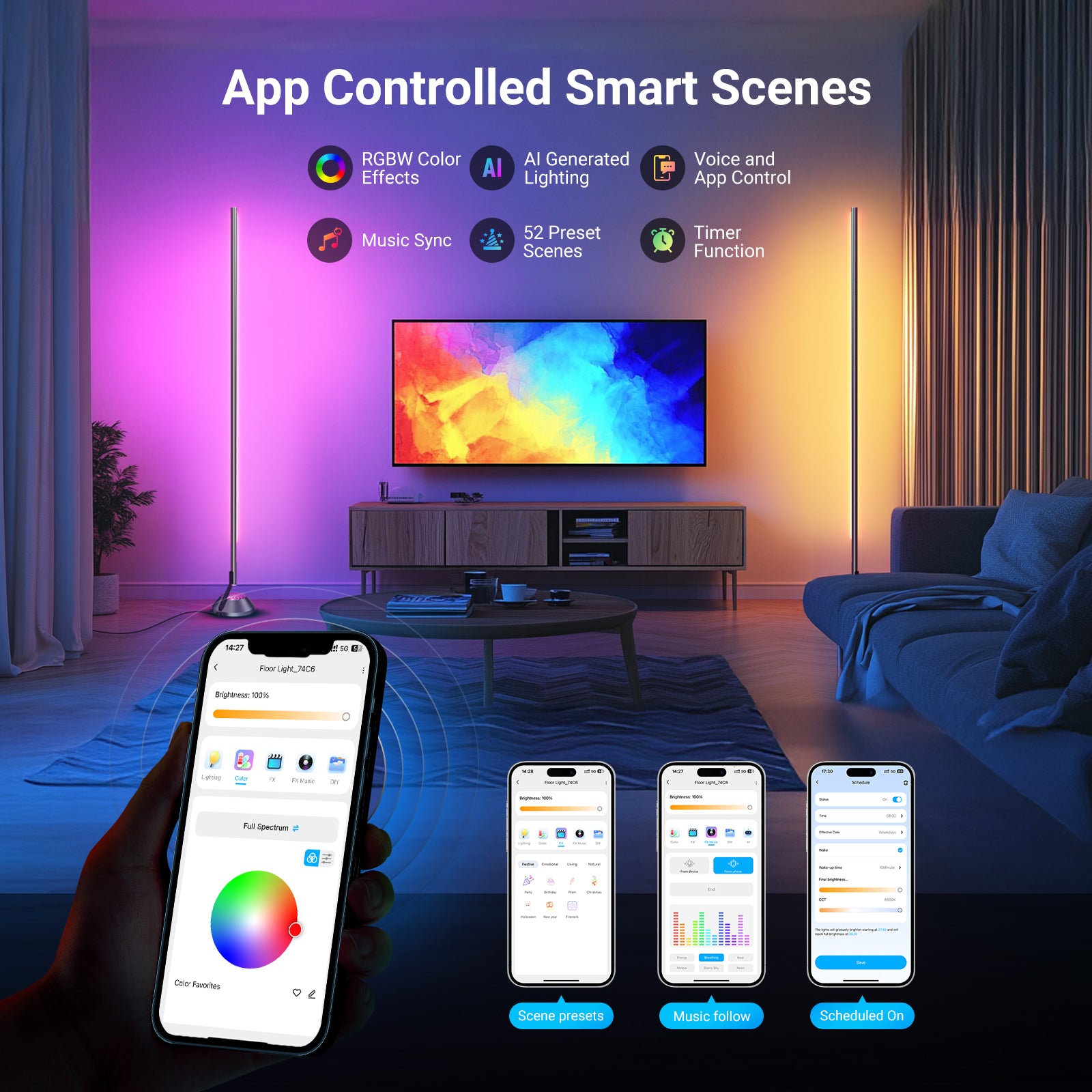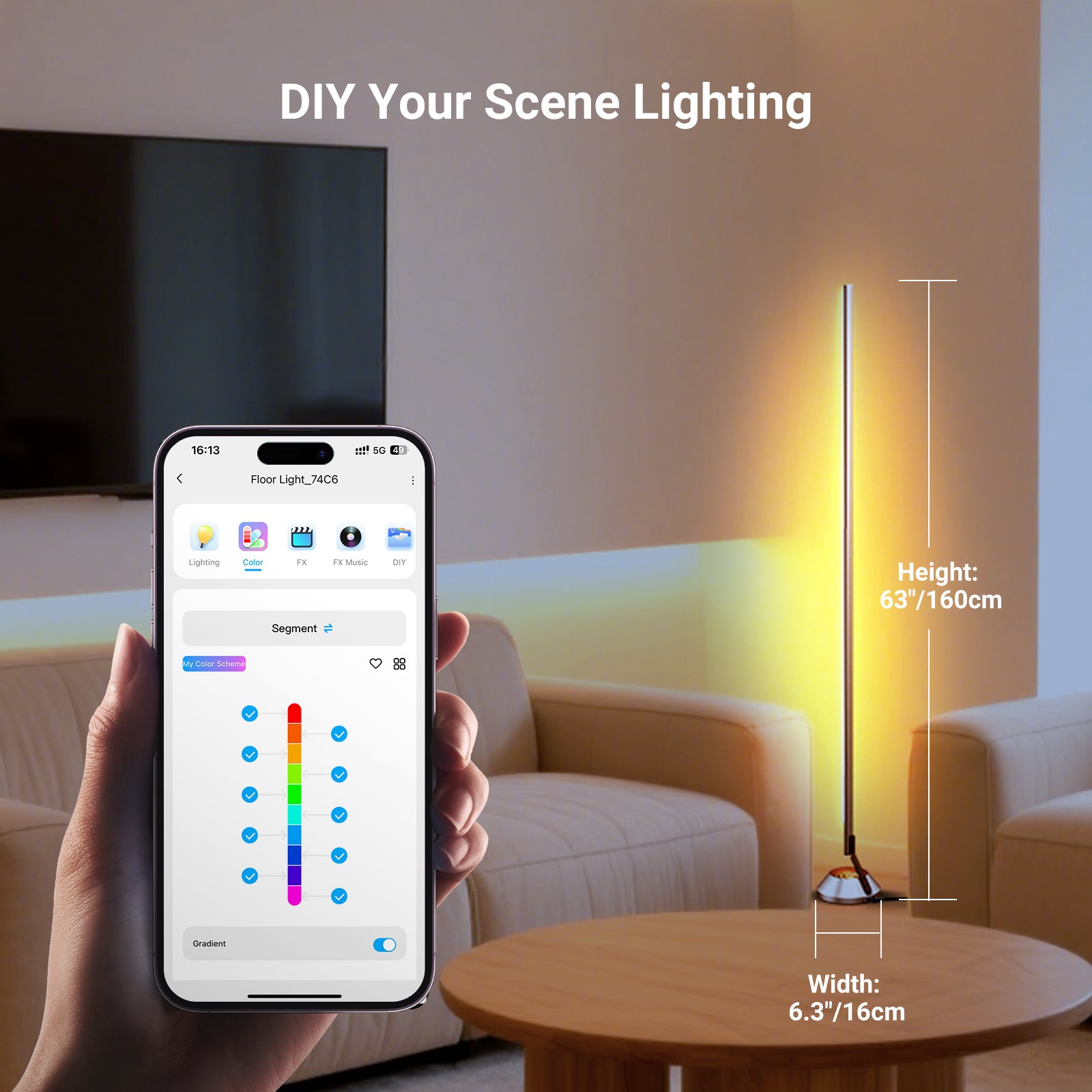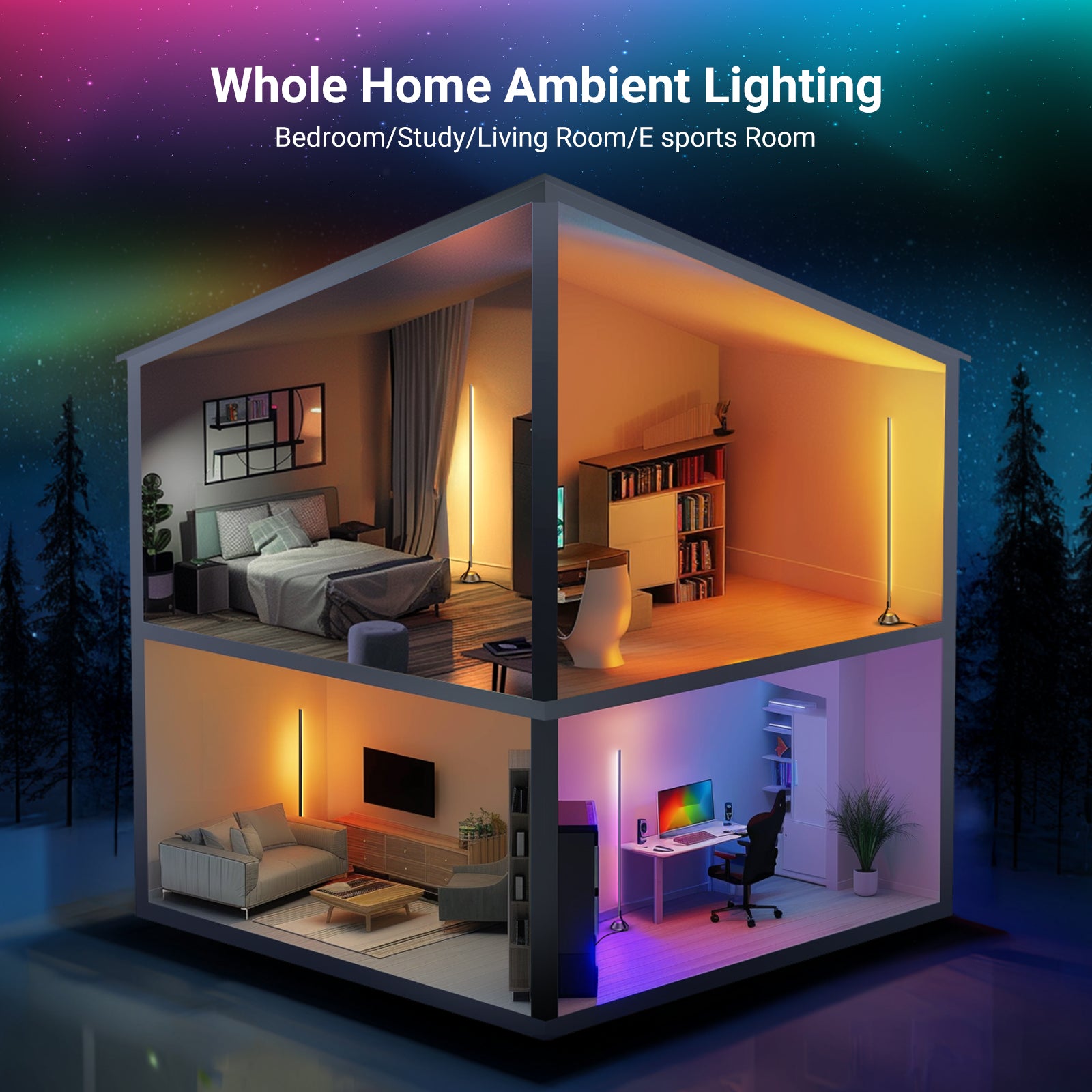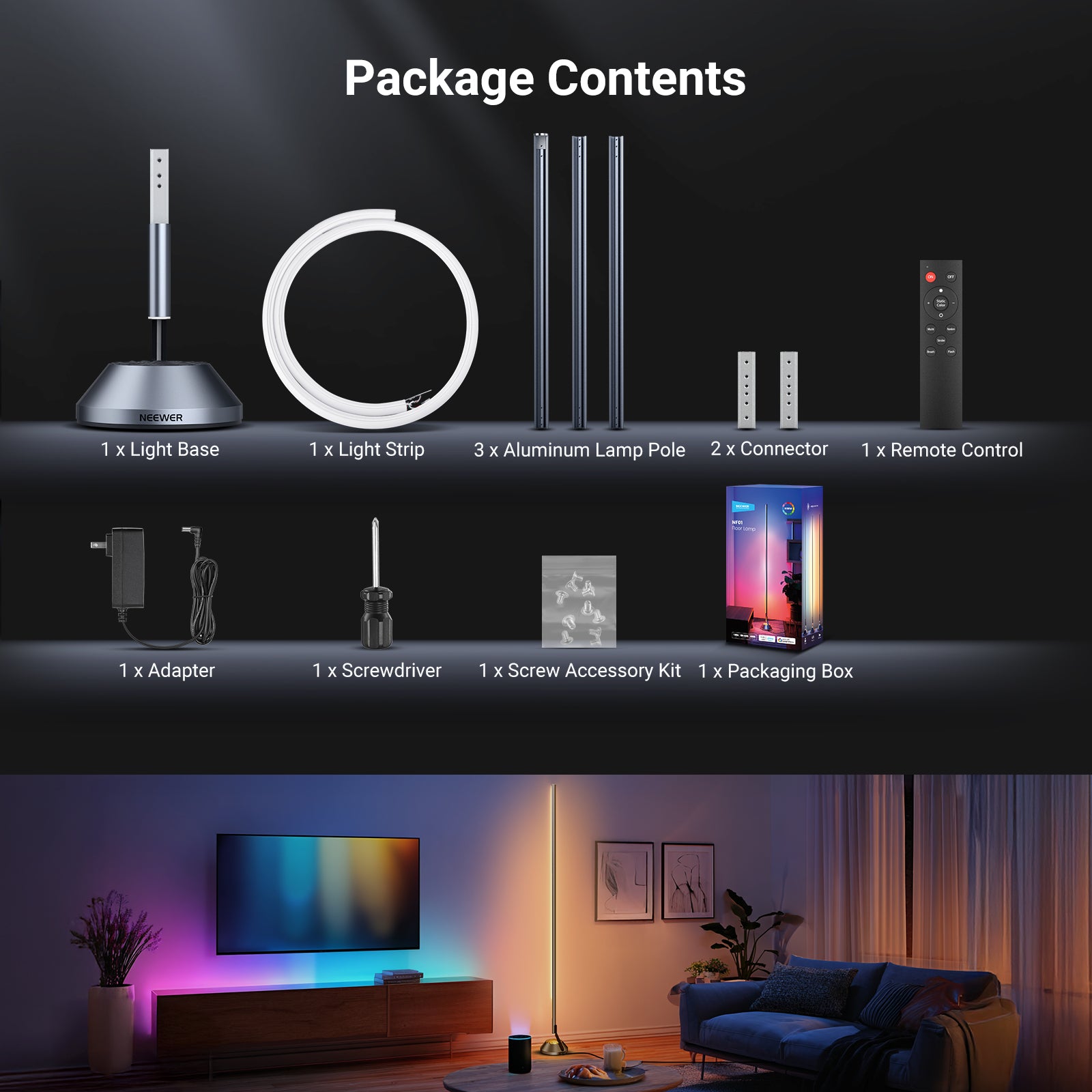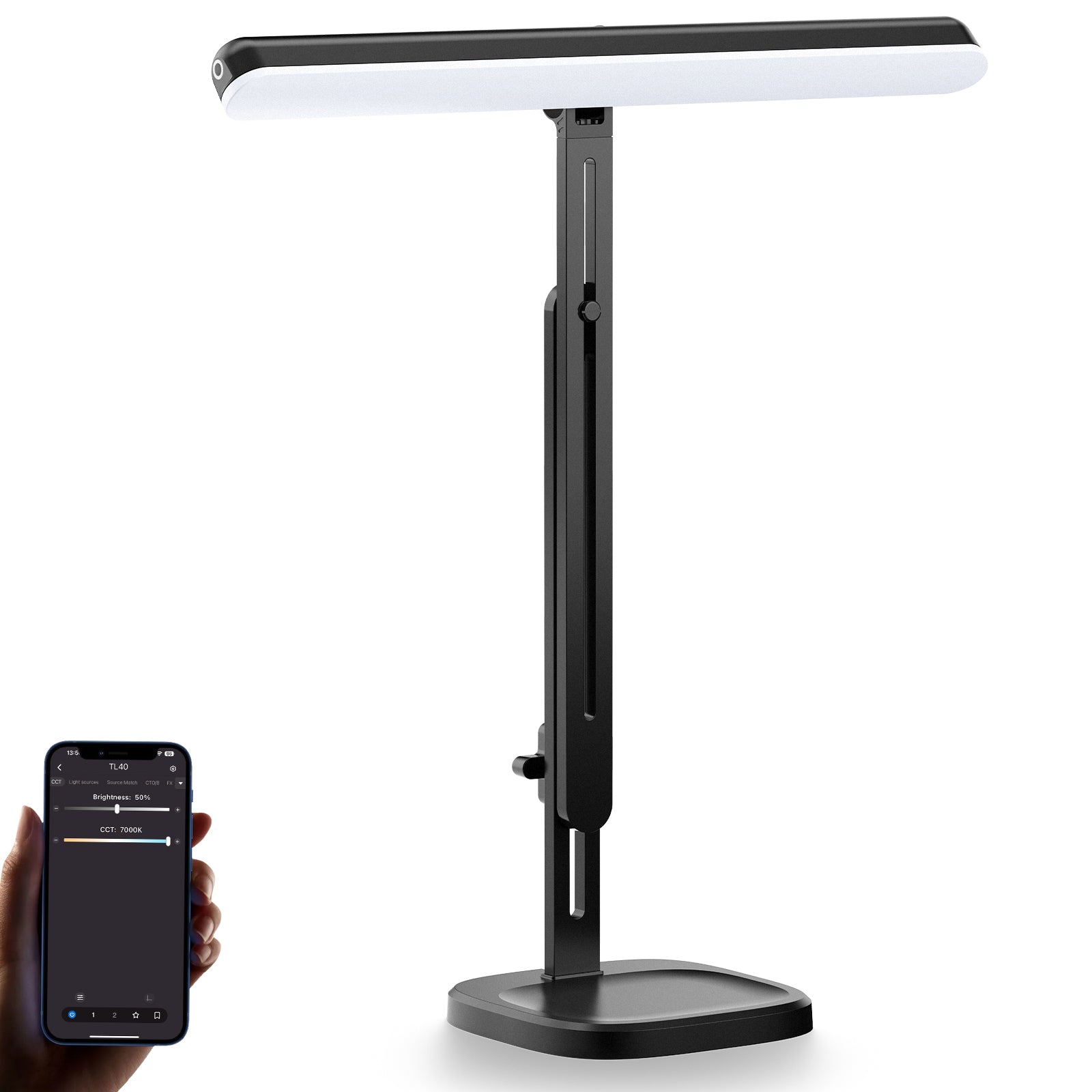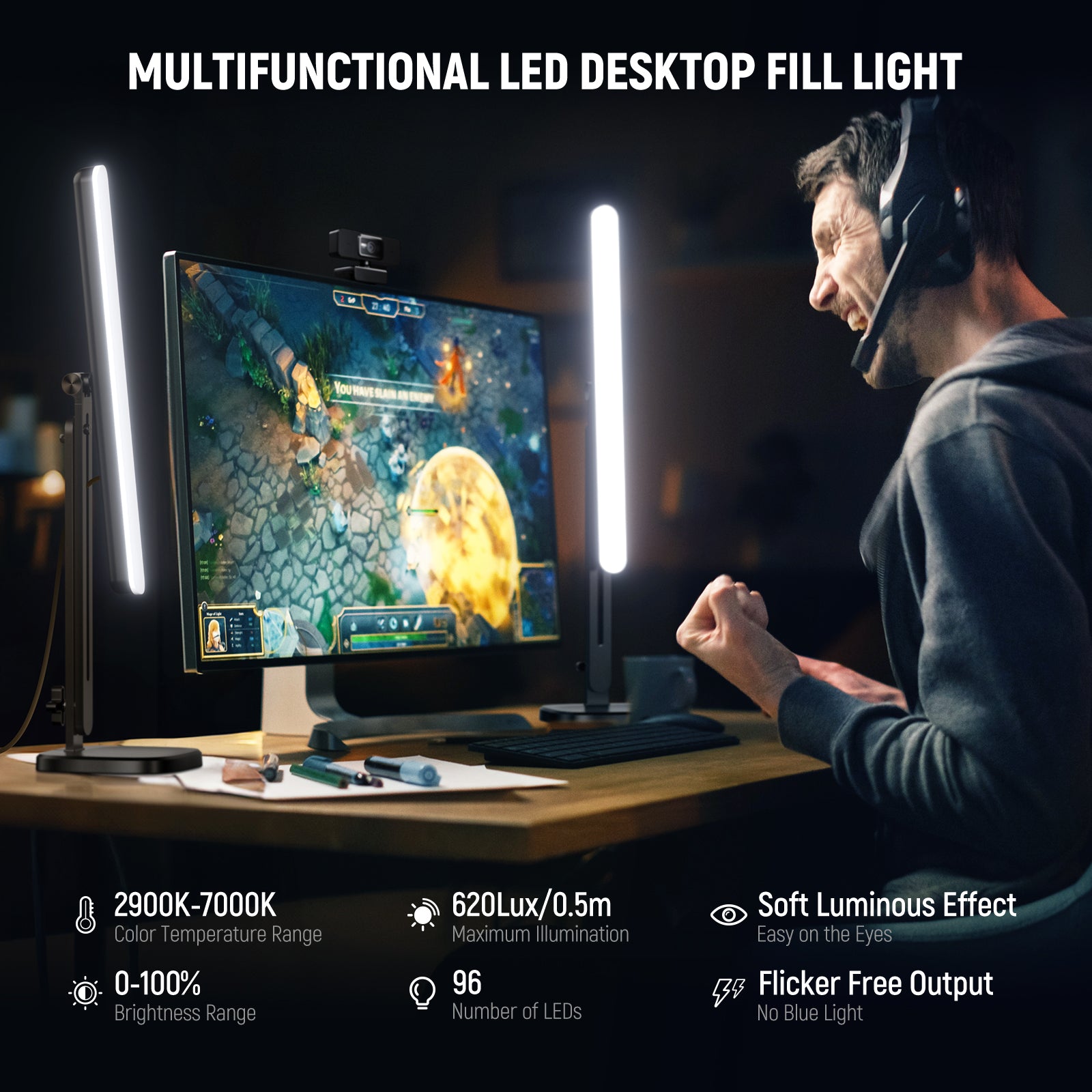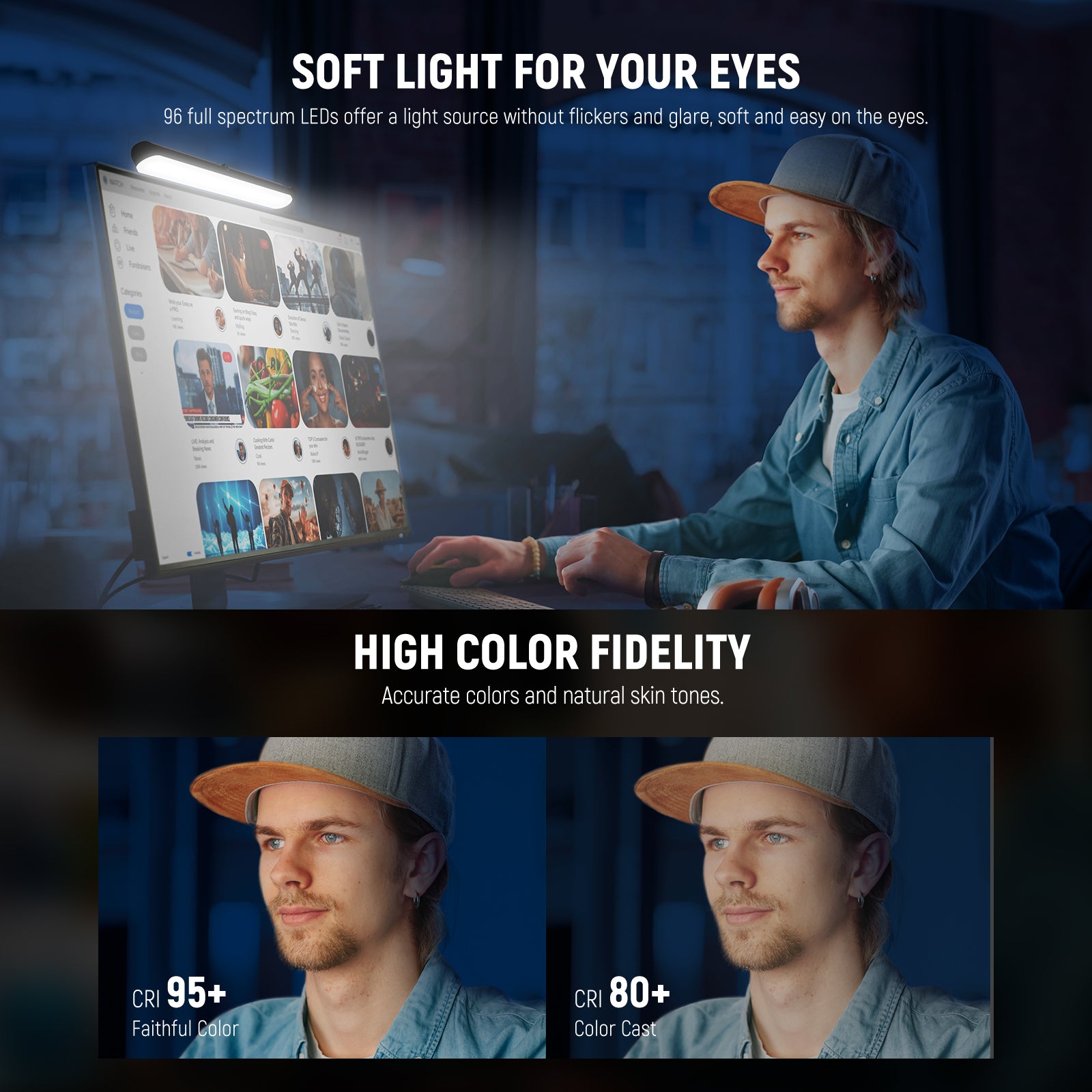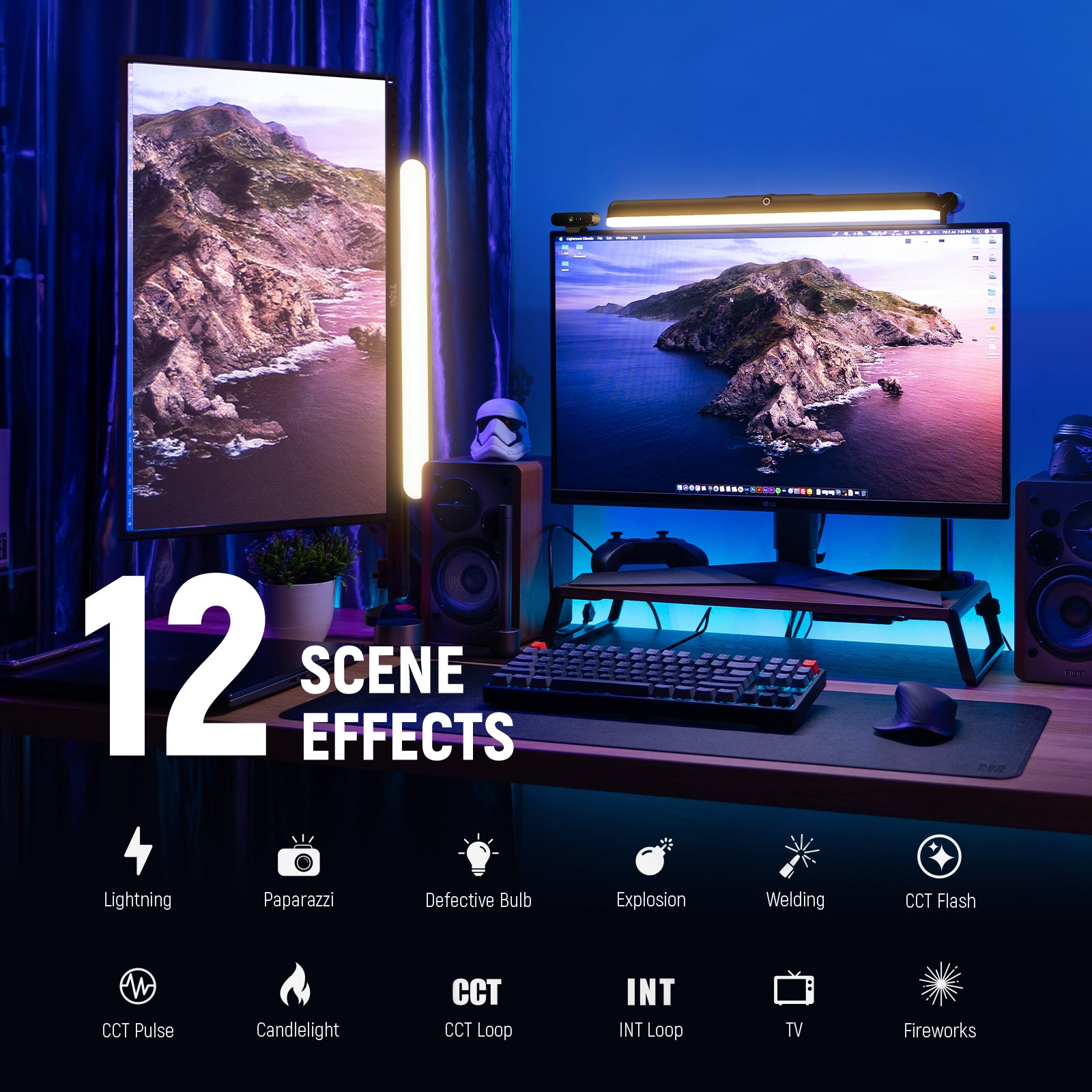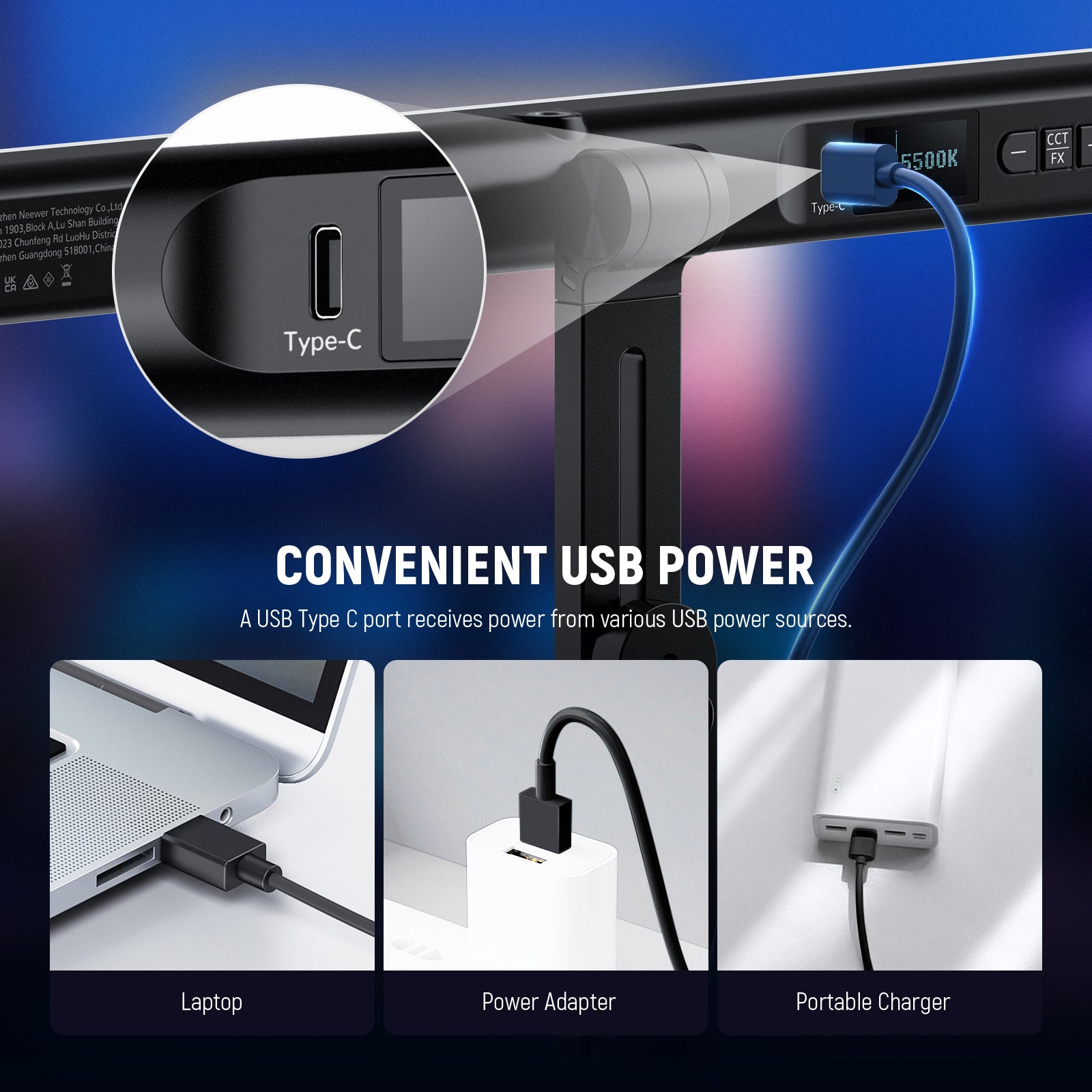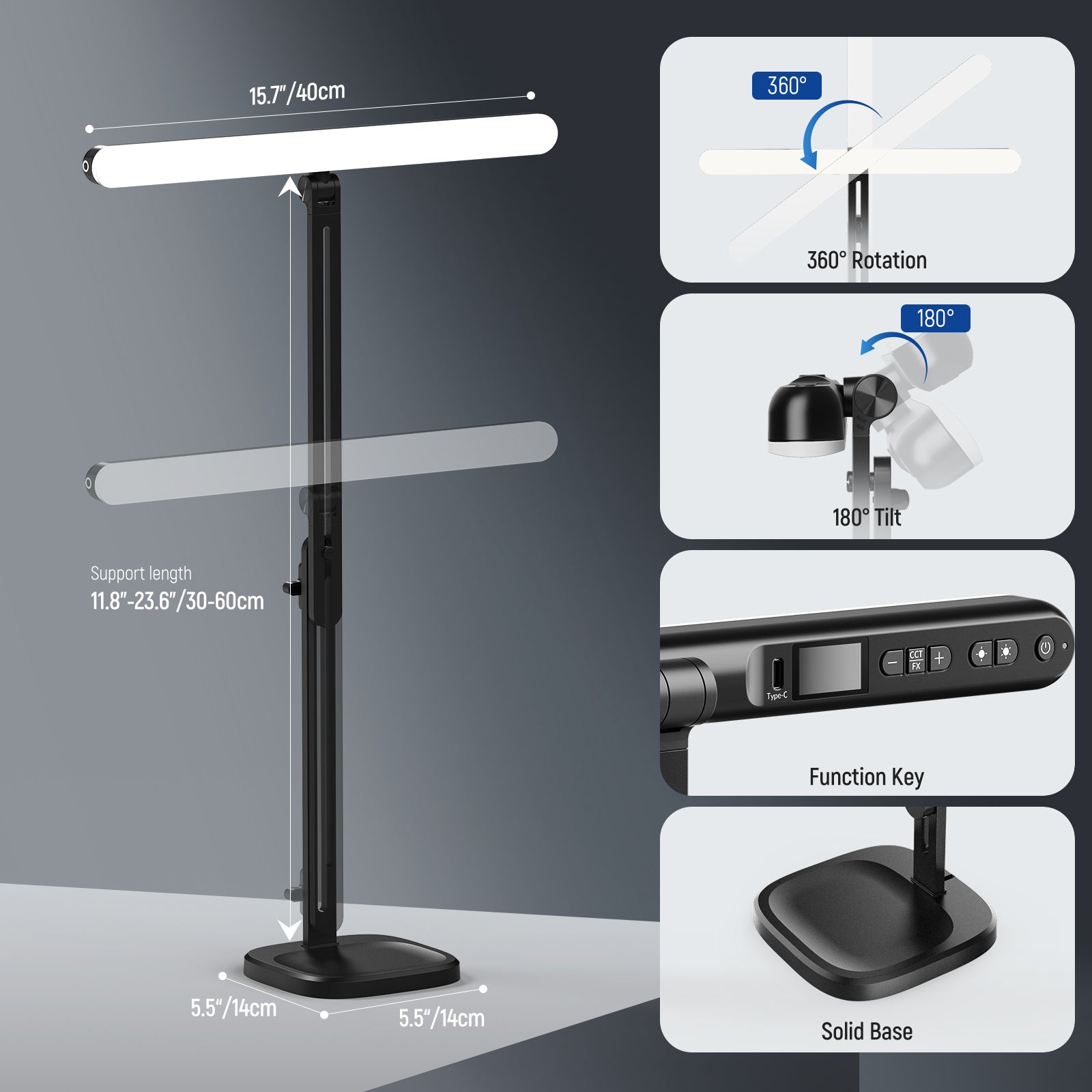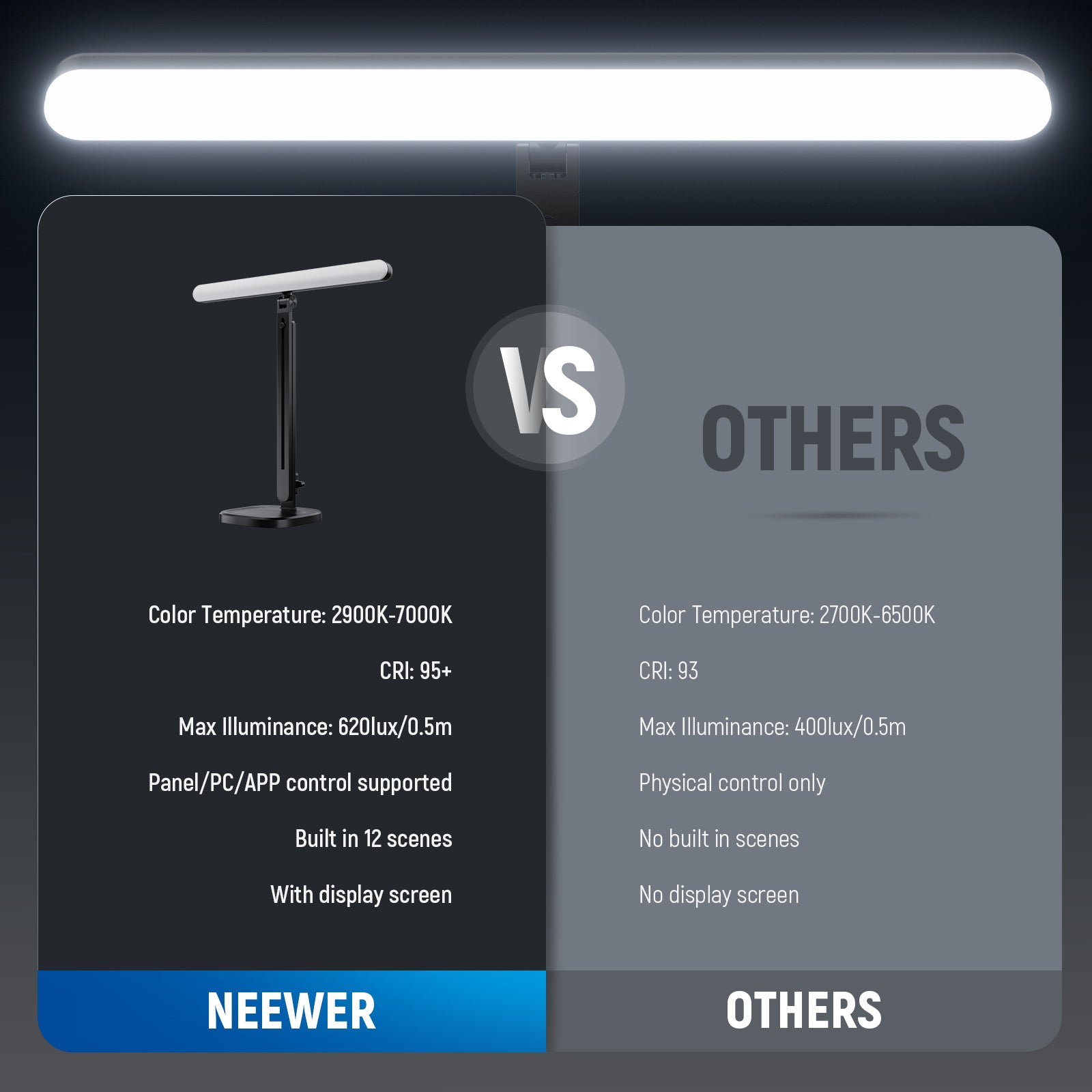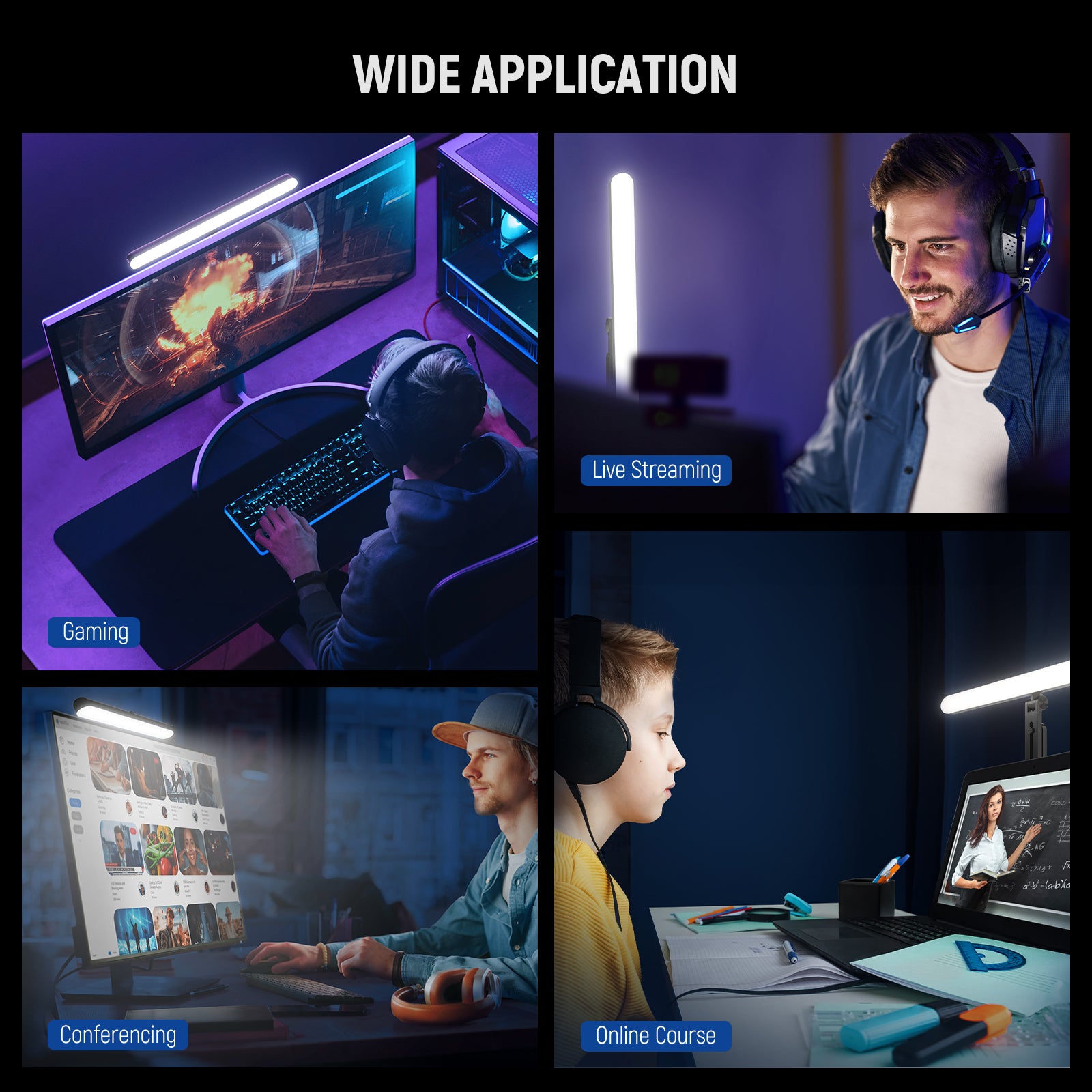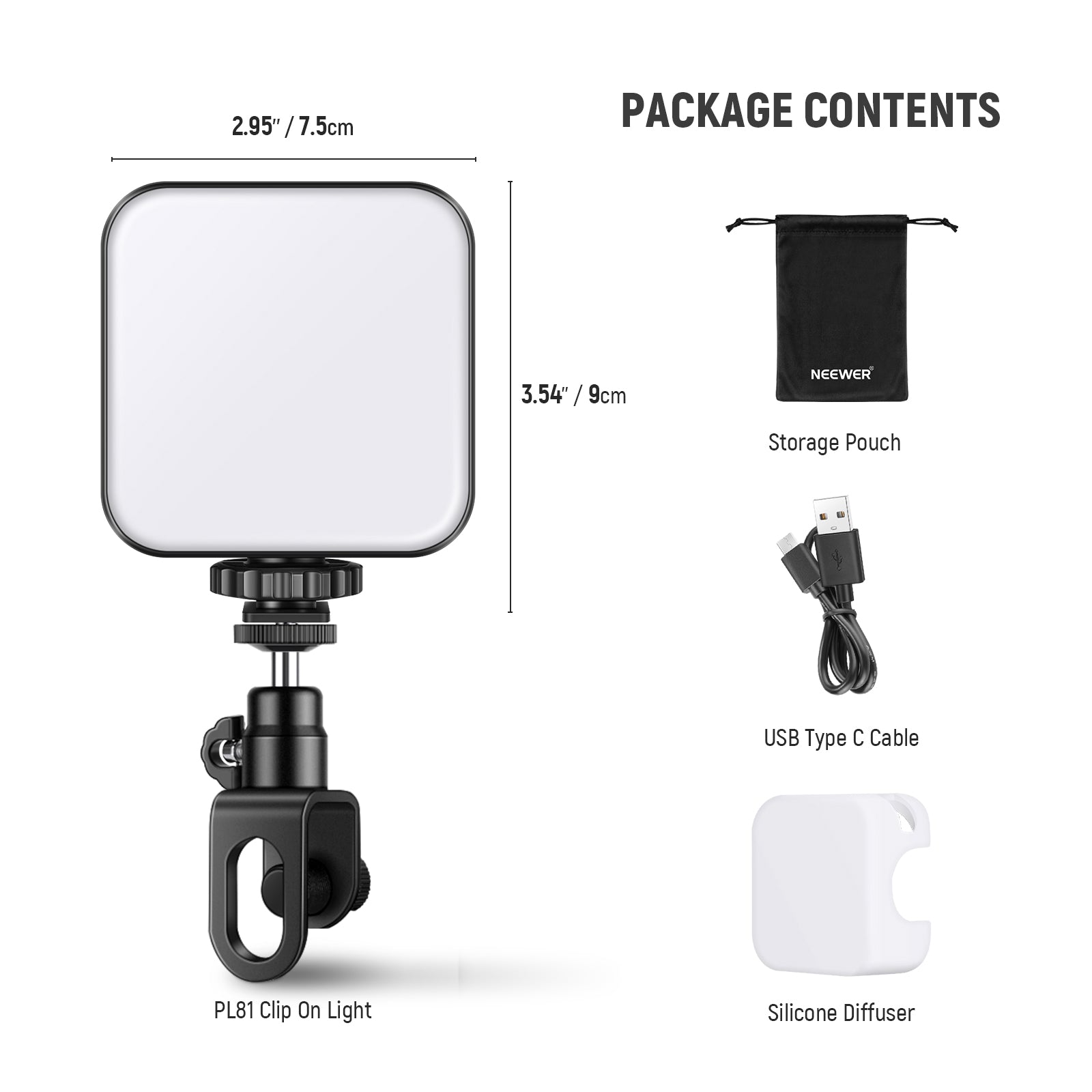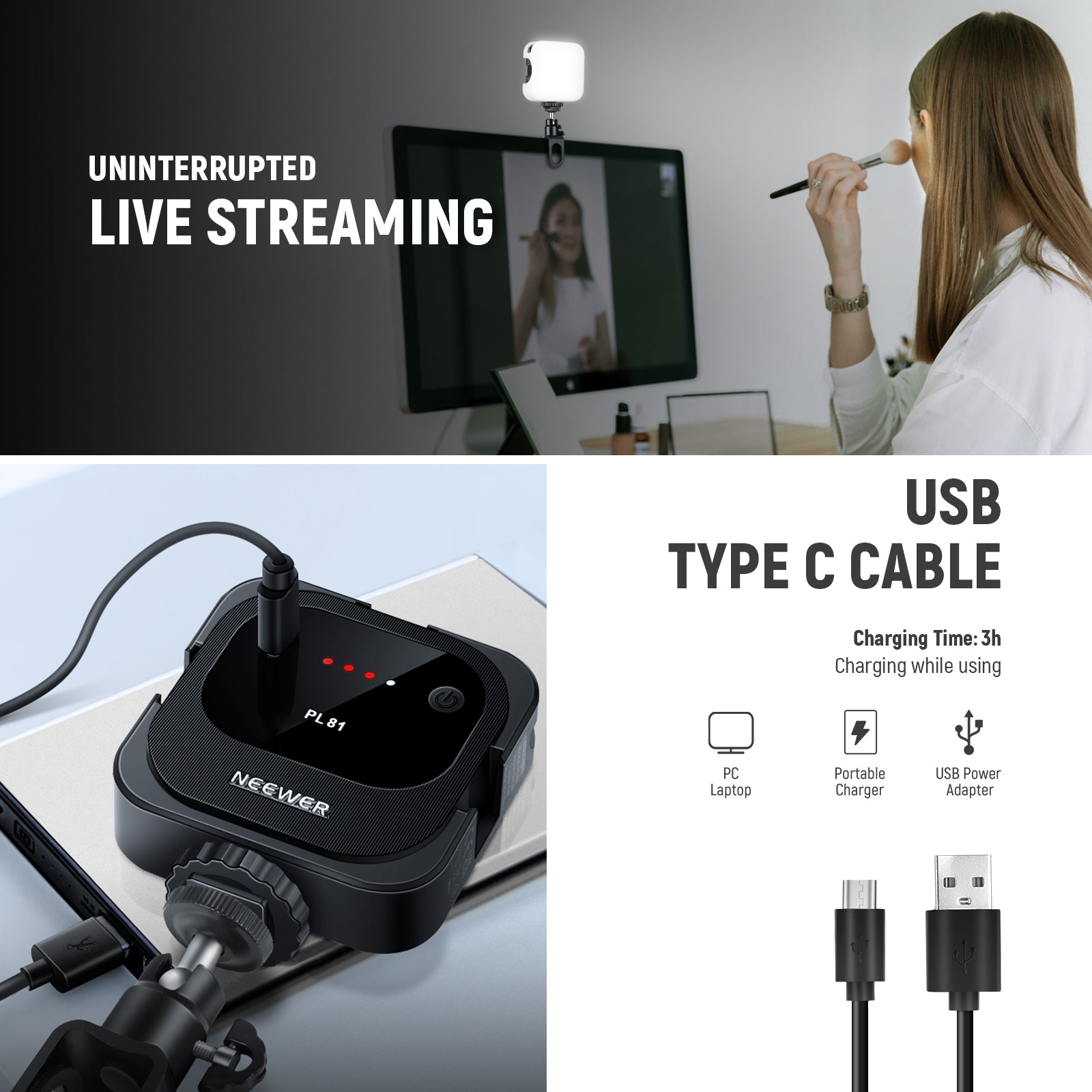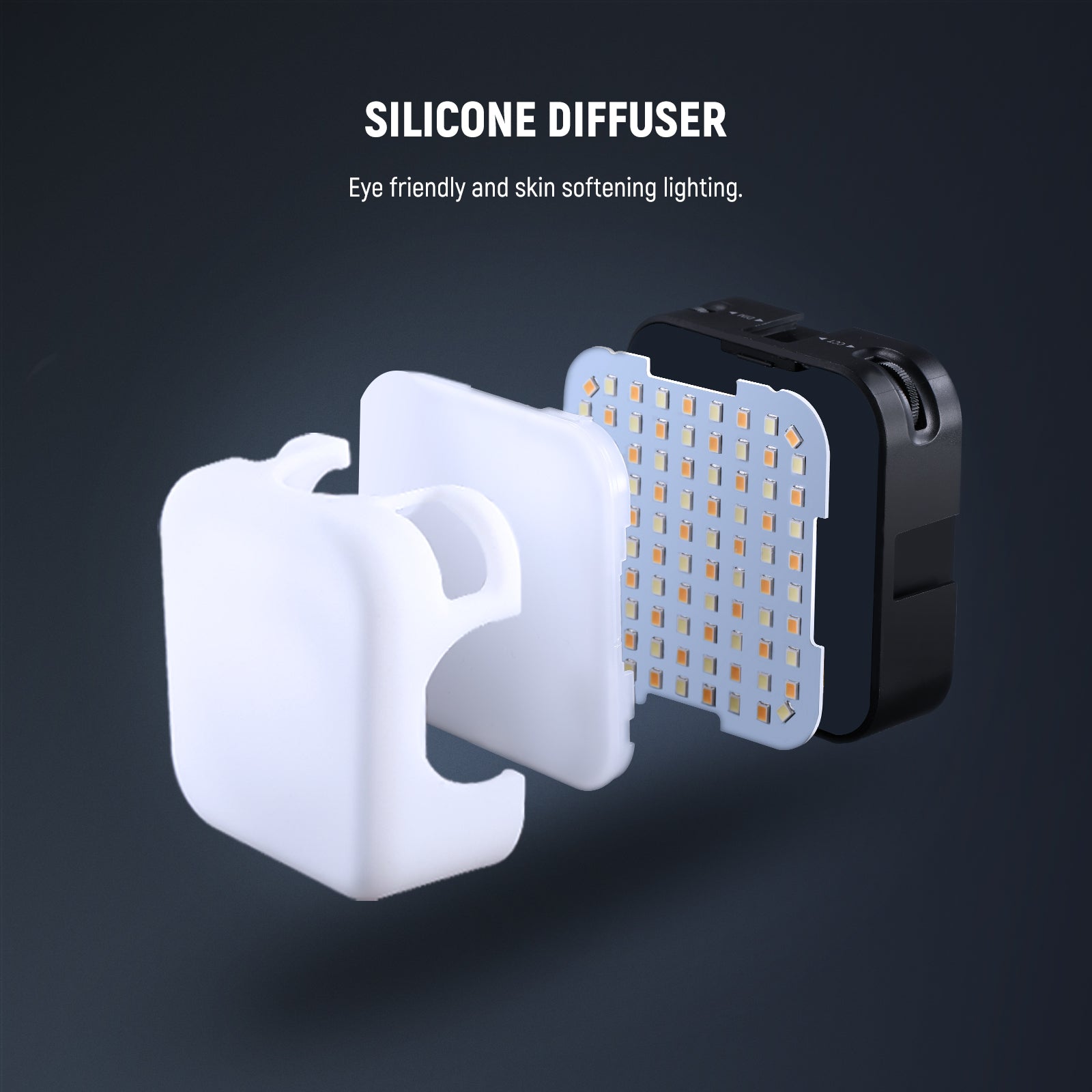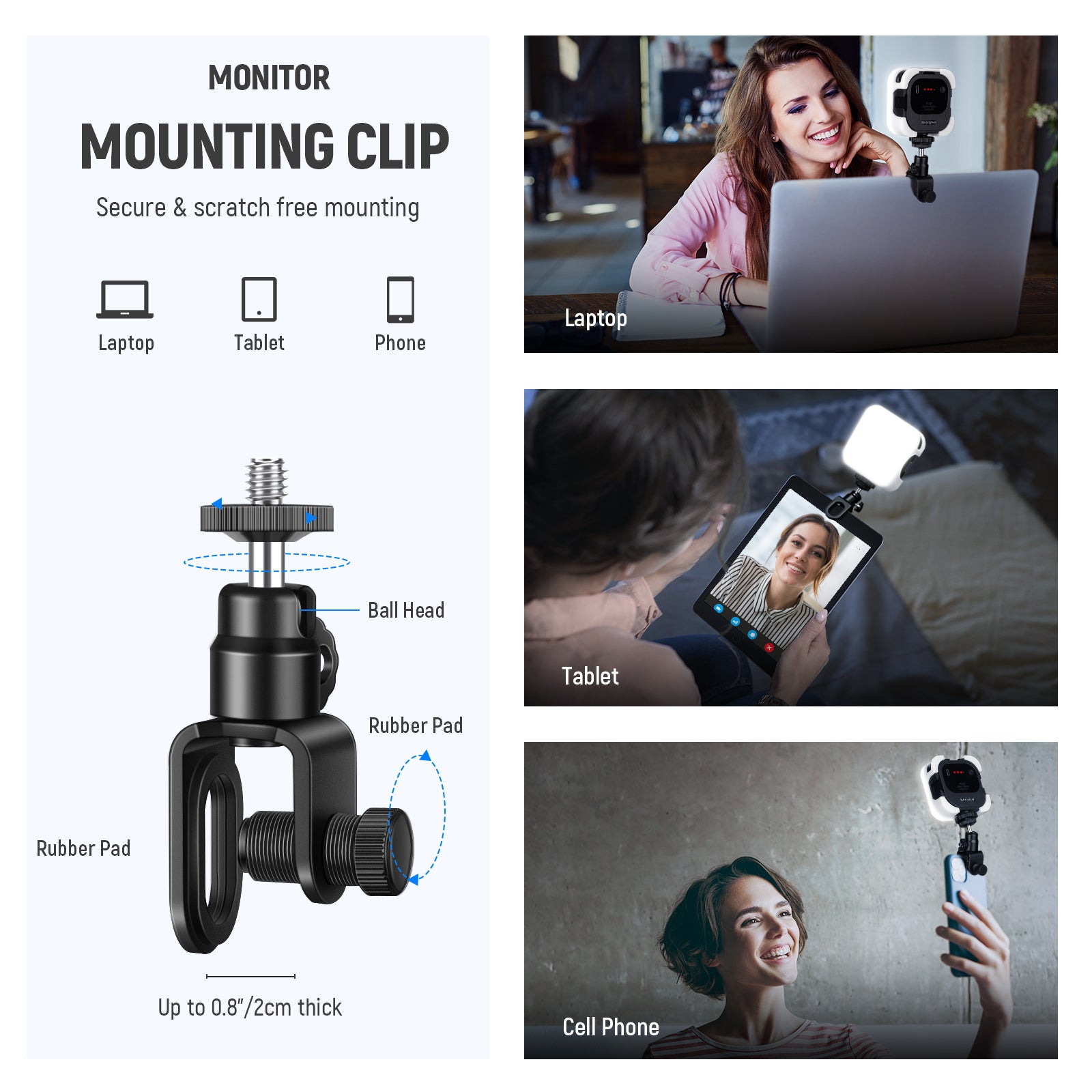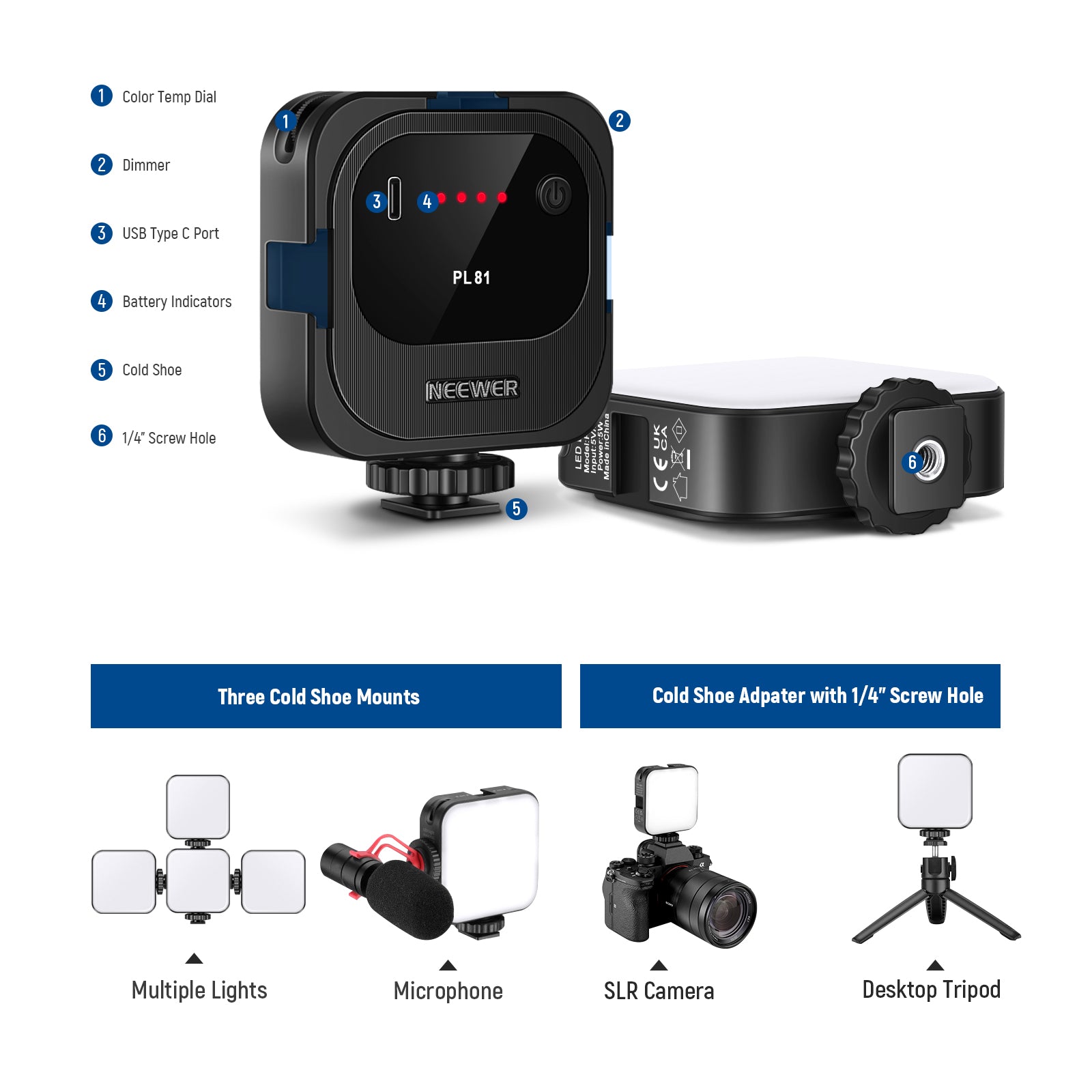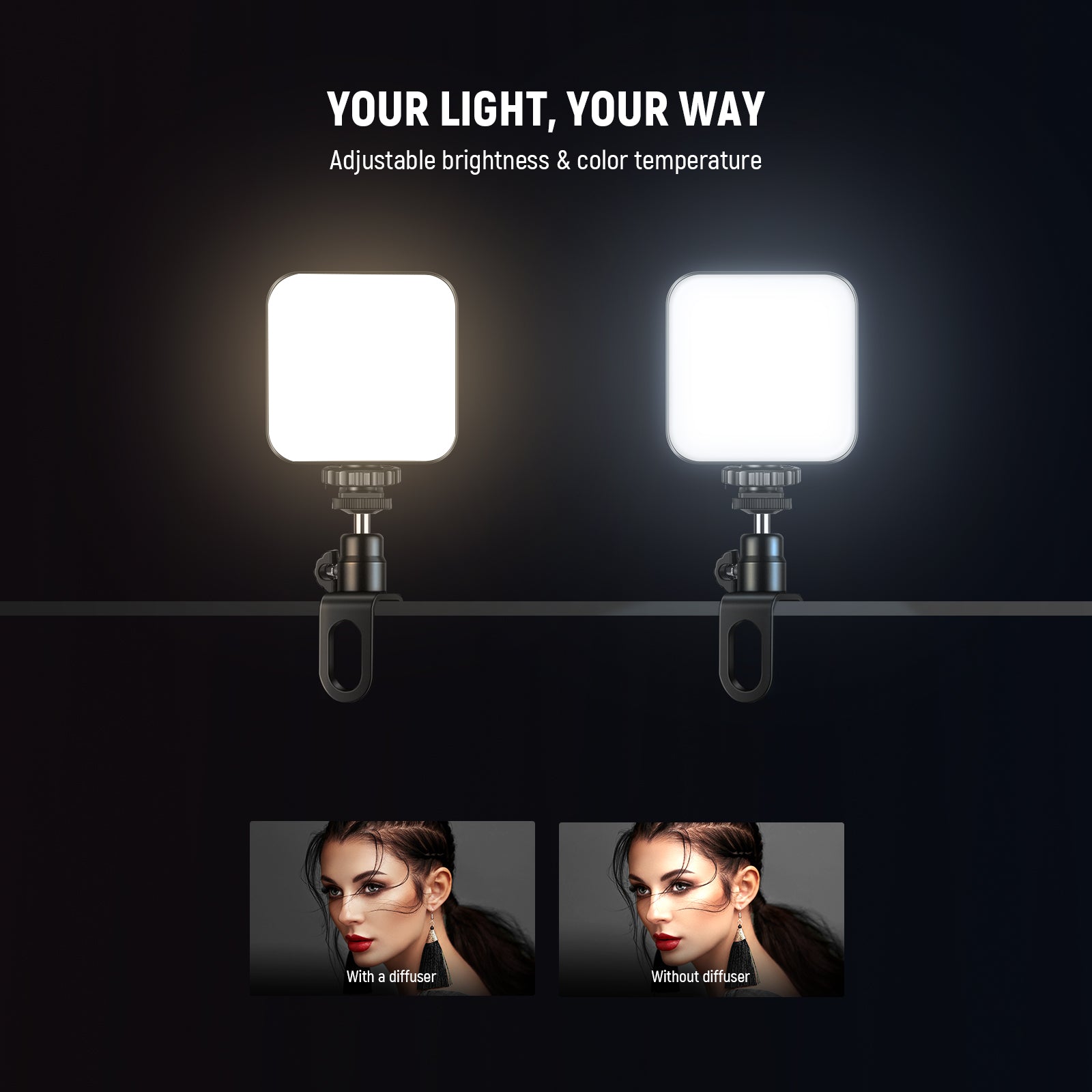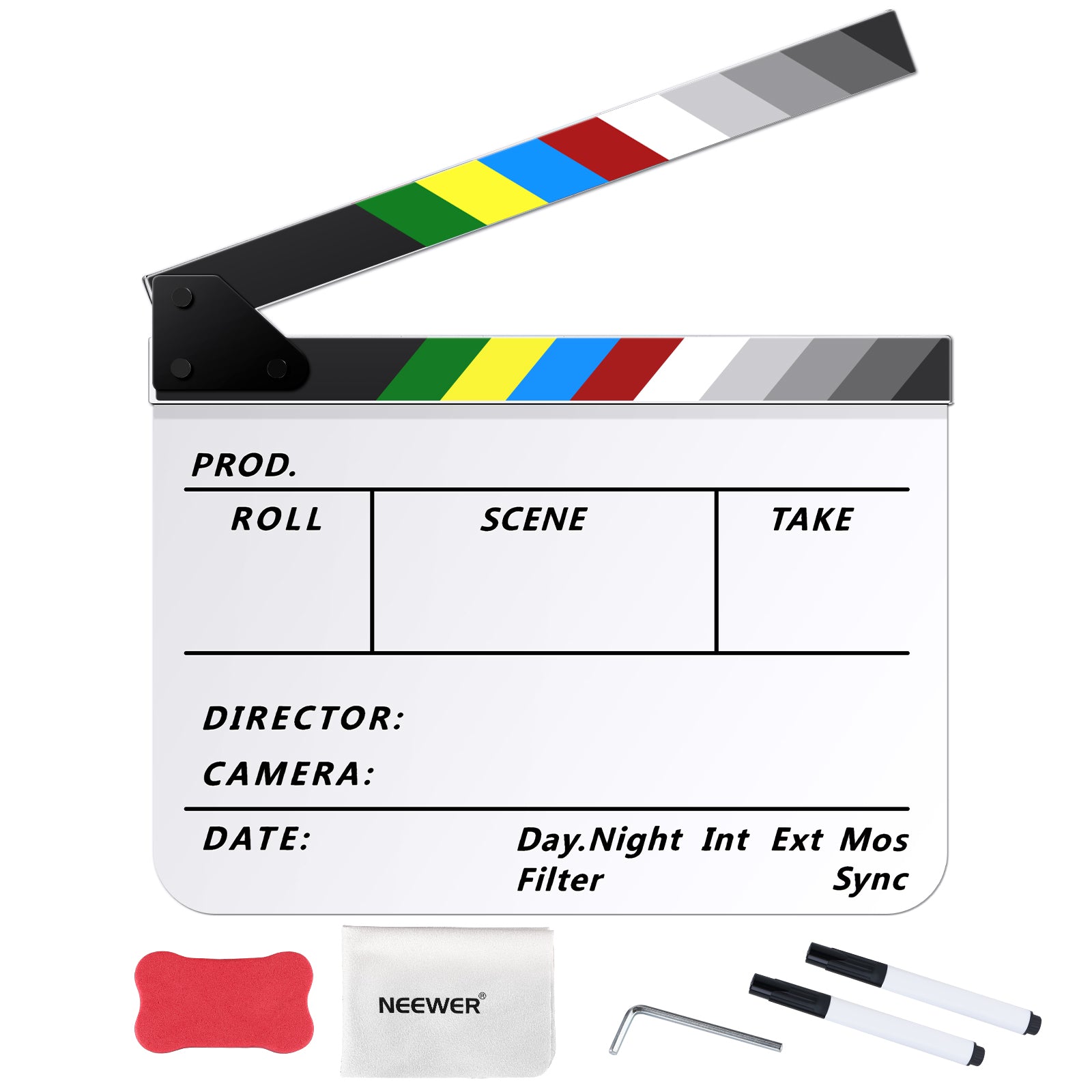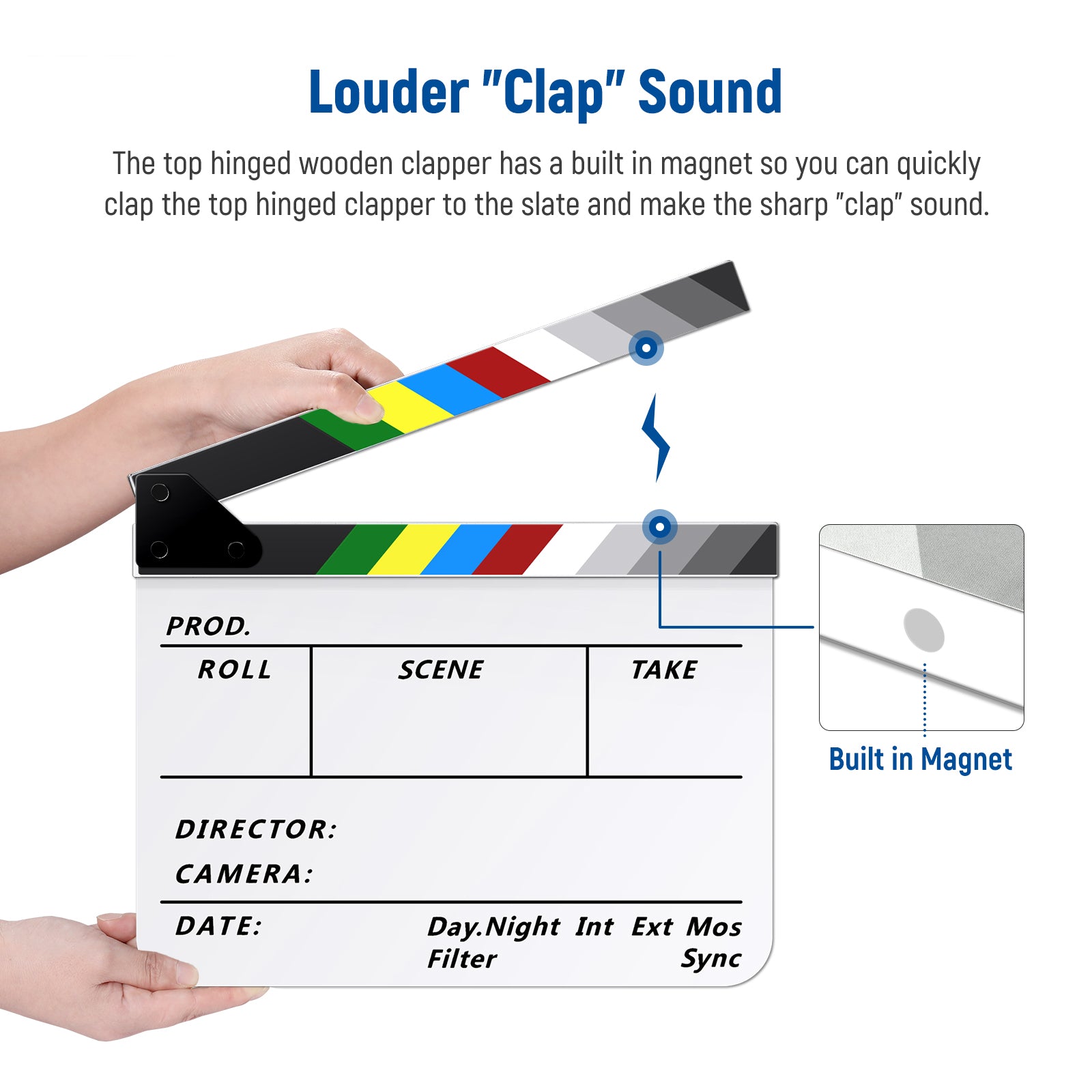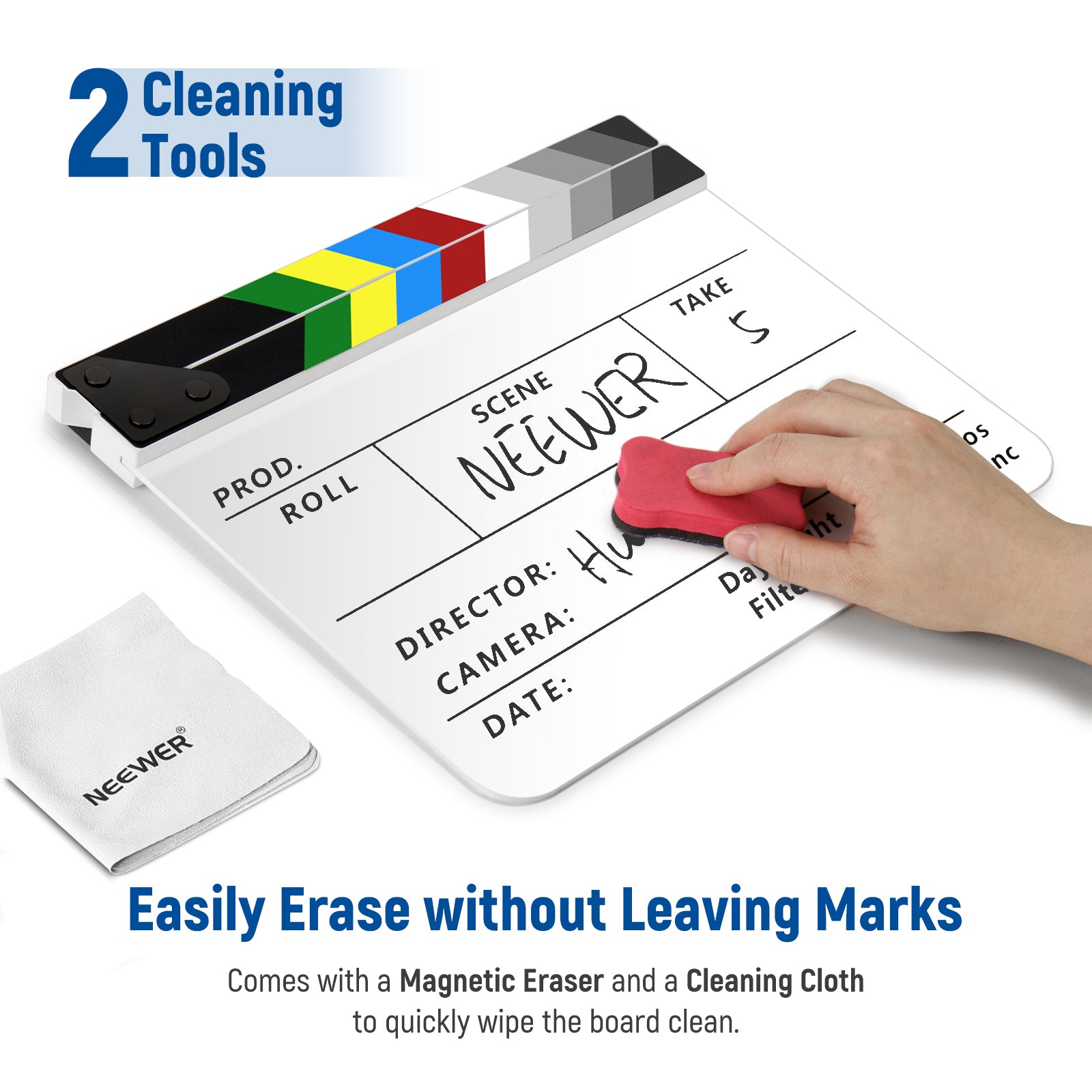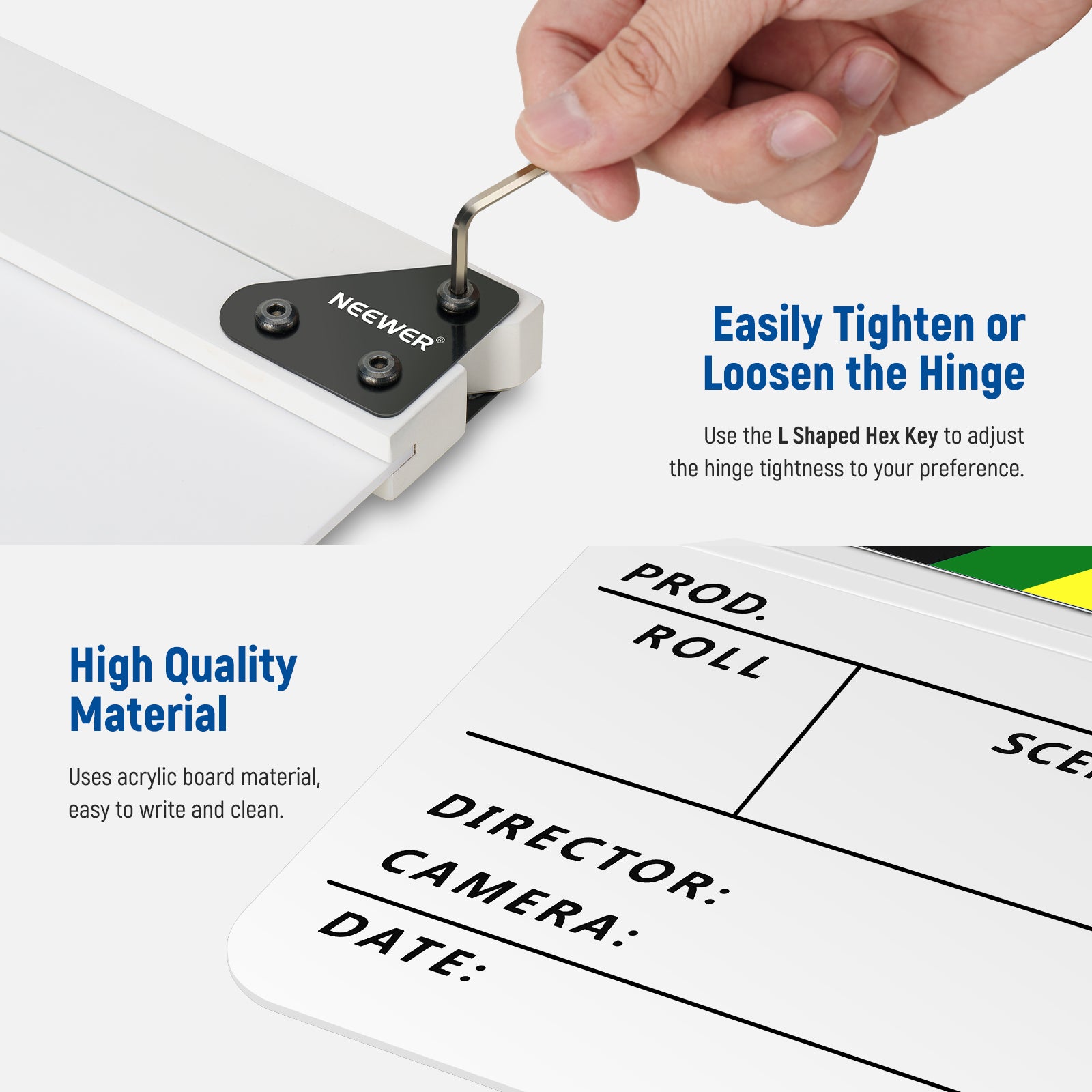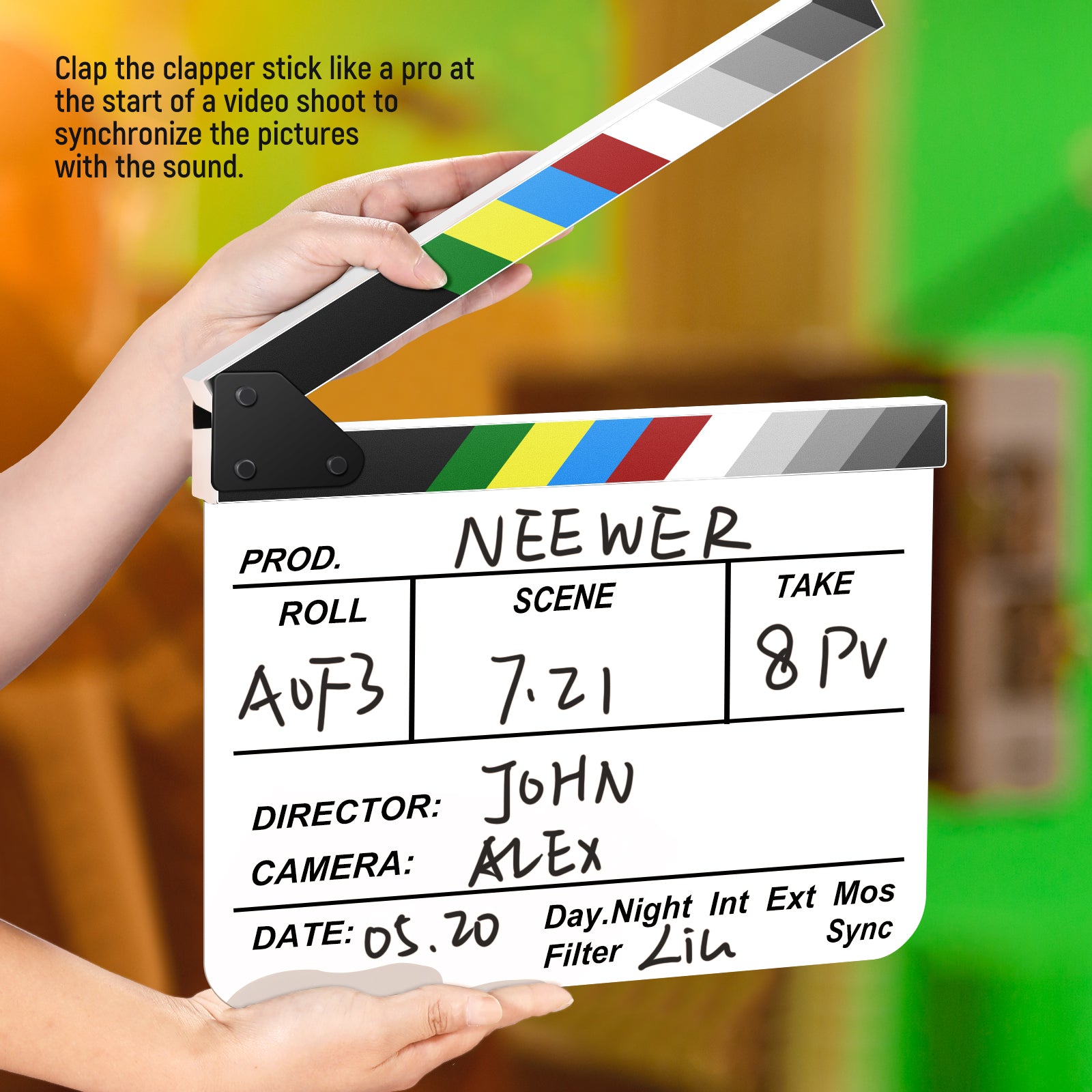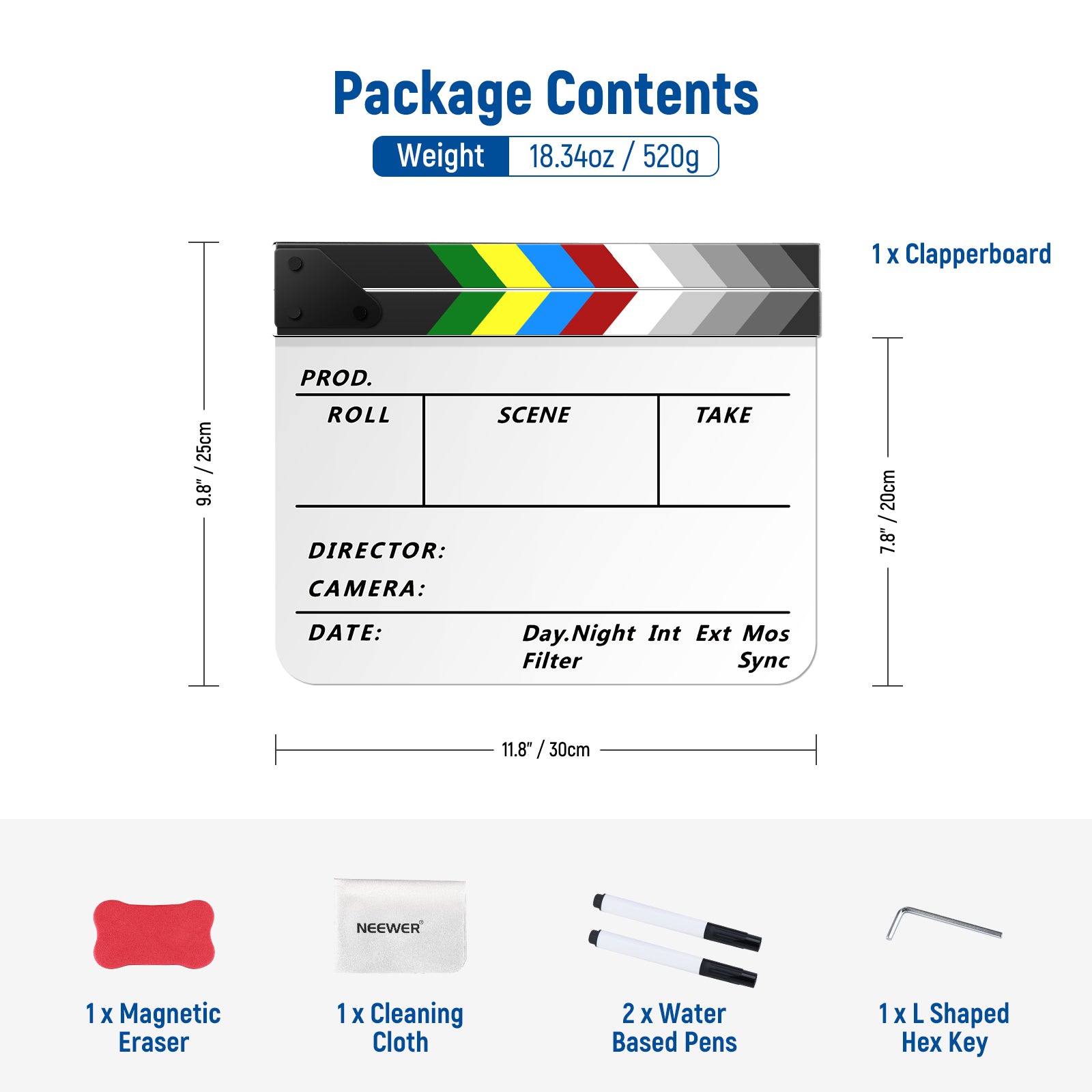Table of Contents
Effect filters are more than just another accessory—they are creative tools that let you capture images with character, atmosphere, and personality straight out of the camera. Whether you’re a beginner looking to add excitement to your photos or an experienced photographer aiming to refine your style, these filters open up possibilities that software alone simply can’t replicate with the same authenticity.
If you’ve ever felt like your images need that extra spark to stand out, investing in a high-quality special effect filter is a smart, affordable step toward elevating your photography or video work. In this blog post, we introduced four of the best effect filters and shared tips on how to choose one.
Best Effect Filters for Cameras in 2026
1. NEEWER 3PCS Star Filters Kit

If you want to add creativity to your night photography, the NEEWER Star Filters Kit can meet your needs. This effect filter set offers three star shapes, including four-point stars, six-point stars, and eight-point stars. By rotating the filter, you can control the direction of the light rays emitted by the points to achieve different effects. When you use them to photograph streetlights, jewelry, and other subjects, they will add a unique halo to your images, creating a more dreamlike atmosphere.

Because NEEWER Star Filters are made of optical glass with carefully crafted lines, they do not affect image quality when creating dazzling starburst effects. In addition, they feature an ultra-thin aluminum alloy frame and knurled edge design, making them more durable, wear-resistant, and providing a secure grip.
Pros:
- Dazzling Cross Screen Star Effect
- Professional Build with Optical Glass
- Adjustable Stars in Three Shapes
2. NEEWER 1/8 Black Diffusion Filter

For photographers who frequently shoot portraits, the NEEWER 1/8 Black Diffusion Filter is an essential effect filter. It reduces highlights and glare, softens wrinkles, blemishes, and pores, making skin appear smoother while maintaining skin tone. At a higher density of 1/8, it provides an effective and more noticeable halo effect for images, making the tones warmer without affecting the tonal values.

The NEEWER 1/8 Black Diffusion Filter features a double-sided 30-layer nano-coating that is waterproof, scratch-resistant, and oil-repellent. It also effectively reduces reflections from the filter itself and the ground, ensuring high-definition image quality. Additionally, it uses a non-slip ultra-thin frame to effectively prevent vignetting and dark corners in wide-angle and telephoto lenses.
Pros:
- Even Light Transmission
- Multiple Nano Coatings
- Nonslip and Ultra Slim Frame
3. NEEWER Spiral Halo Camera Lens Filter

The NEEWER Spiral Halo Camera Lens Filter is a prism effect filter made of sturdy K9 optical glass that transmits light at high resolution. It adds a circular halo to your photos, keeping the image clear in the center while transitioning the background to a rotating magnified blur effect, enhancing the mood and atmosphere without the need for further post-editing.

By rotating the NEEWER Spiral Halo Camera Lens Filter, you can adjust the halo effect to make it more compact and concentrated, or more loose and expansive, thereby achieving the creative effect you need. For your convenience, this effect filter features a knurled design that ensures precise rotation for optimal results.
Pros:
- Enchanting Spiral Halo Effect
- Rotate to Adjust & High Transparency
- Ultra Slim Frame & Smooth Rotation
4. NEEWER FL-E1 Kaleidoscope Prism Lens Filter

The NEEWER FL-E1 is also an effect filter made of sturdy K9 optical glass, so it can maintain image quality and precision while providing a prism effect. It can bend and refract light, creating repetitive and unique elements in the scene and providing cool refraction effects from different angles.

The NEEWER FL-E1 Kaleidoscope Prism Filter provides more flexibility and precise control over the exposure of images or videos, making it easier to adjust to changing lighting conditions. When you use it to shoot, you will be amazed by its magical prism effect, and you will find it very convenient as you no longer need to use editing software.
Pros:
- Magical Prism Effect
- High Transparency
- Variable Flexibility & Built to Last
Buyer’s Guide: Picking the Right Effect Filter for Cameras
1. Identify Your Creative Goals
The first step in choosing the right special effect filter is to clearly identify what kind of look you want to achieve. Special effect filters are not one-size-fits-all; each type is designed to produce a specific mood or artistic impact. For example, if you love night photography or shooting cityscapes, a star filter can add sparkle to streetlights and neon signs, while a halo filter creates a softer, more romantic glow around highlights. But if you shoot a lot of portraits, diffusion or mist filters are more suitable. By defining your goals first, you avoid wasting money on filters that don’t fit your style. Once you understand your vision, choosing the right filter becomes much easier, and every purchase feels like an investment in your creative expression.
2. Check Compatibility and Ease of Use
A very practical step when choosing a special effect filter is to make sure it’s compatible with your camera lenses. Filters come in different sizes measured by thread diameter (for example, 58mm, 67mm, 77mm, etc.), and buying the wrong size means the filter won’t fit your lens. If you own multiple lenses with different diameters, it’s often smarter to buy one larger filter and use step-up rings, rather than purchasing duplicates in every size. Another factor to consider is whether the filter is easy to attach and remove during a shoot. Magnetic systems are becoming popular because they allow you to swap filters quickly, while traditional screw-in filters can take more time but feel more secure. By checking compatibility and usability up front, you save yourself frustration in the field and ensure the filter becomes a seamless part of your workflow instead of a hassle.
3. Pay Attention to Optical Quality
Not all filters are created equal, and the quality of the glass is just as important as the creative effect it produces. Low-quality filters can introduce unwanted problems like color shifts, reduced sharpness, or distracting glare that take away from the final image. To avoid this, always look for filters made from high-grade optical glass instead of cheaper plastic alternatives. Multi-coated filters are especially valuable because they help minimize reflections, maintain contrast, and preserve the clarity of your shots even in difficult lighting conditions. Since special effect filters are designed to enhance your creativity, choosing one with excellent optical performance ensures the effect looks intentional and polished, not flawed or artificial.
4. Look for Durability and Build
Beyond the glass itself, the overall build of a filter matters a great deal. A well-constructed filter with a strong metal frame is less likely to bend or get stuck when attaching it to your lens. Scratch-resistant coatings and weather-resistant finishes also add to the filter’s lifespan, especially if you shoot outdoors or travel frequently. Durability is important because these filters are meant to be used repeatedly in different conditions, not left in a drawer. While budget filters may seem appealing at first, they often wear out quickly or damage easily, which can end up costing you more over time. By investing in a filter with solid construction and protective coatings, you ensure your creative tools remain reliable and consistent, allowing you to focus fully on capturing your vision.

